Community members rallied at the NSW Forestry Corporation’s offices in Coffs Harbour and Sydney on Monday morning, January 13 2025, as a new report revealed that logging in the Great Koala National Park has accelerated by 62% since the Minns Labor Government was elected on a platform to protect those forests.
The North East Forest Alliance (NEFA) assessment ‘Accelerating Logging Within the Great Koala National Park’ identifies the net areas of native forest in the Great Koala National Park logged as:
- 20,630 ha logged in 98 months since ALP’s 2015 commitment to protect the Great Koala National Park up until the March 2023 election
- 7,185 ha logged in 21 months since the election of the Minns Government in 2023
The Forestry Corporation of NSW, which announced a $29 million dollar loss in logging hardwood native forests in its December 2024 released annual report, with the proposed GKNP area a key source for those, disputes the figures.
According to its own data, the Minns Government has already logged the homes of 500 koalas and another 37 threatened species, the 31 groups who have signed an open letter to the NSW Government state. They are demanding the NSW Government fulfil their promise to create a world class Great Koala National Park now.
''This carnage has to stop now. These forests also hold the soils together, sequester and store carbon, act as natural water reservoirs and could provide boundless opportunities for recreation, education and appreciation.''
The letter states:
The Minns’ Government was elected on a promise to save Koalas and create the Great Koala National Park, but instead they have increased logging, 21 months later they have logged 7,185 hectares of the park, 8.4% of its loggable area, and refuse to stop. This likely encompasses the homes of over 500 Koalas, along with another 37 Threatened Species.
In January 2015 the NSW ALP opposition leader Luke Foley first promised, if elected, to create the 315,000 hectare Great Koala National Park (GKNP), incorporating 175,000 ha of State Forests and 140,000 ha of existing reserves. This commitment was also taken to the 2019 election.
For the 2023 election the NSW ALP also committed $80 million to create an iconic GKNP protecting approximately 20 per cent of the wild koala population in NSW, the catch was that there would first be an assessment of the 176,000 ha of State Forest.
The Forestry Corporation have no intent to stop and the Minns’ Government has refused repeated requests to implement a moratorium, phase-out strategy or protect core Koala habitat, choosing instead to encourage logging. Far from protecting the GKNP, they are accelerating its degradation.
It took 8 months to commence the assessment. Conservation groups participated on the Community Advisory Panel on the promise that the assessment would be completed by the end of July 2024 and the Minns Government would decide areas to be included in the final GKNP by the end of 2024.
While the assessment was not completed until early November, conservation groups were still assured a Cabinet decision would be made in December 2024.
Now we are told a decision will be made early in 2025. Meanwhile, ten years after the ALP committed to protecting the full GKNP, and 21 months after the election of the Minns Government, the logging of the GKNP and core Koala habitat continues, with no commitment as to when they will stop logging the areas the assessment has identified as having amongst the highest densities of Endangered Koalas and Greater Gliders.
It is evident that under the Minns Government logging has greatly accelerated within the boundary of the GKNP, with the area logged increasing from 1,968 ha in the 12 months before the election, to 3,285 ha in the 12 months after the election, with another 3,900 ha logged in just the past 9 months. Since they were elected the Minns Government has logged 8.4% of the loggable area of the GKNP. It’s being logged more than 60% faster by Labor than under the Coalition.
While the environmental assessment shows the whole proposal should be protected as one of NSW’s great national parks, we still have no idea how much will be, and how much more degradation the ALP will allow until then.
It is past time for the Minns’ Government to stop the logging and fulfil their original promise to create a world class Great Koala National Park.
The 31 groups echo the December 2024 call by Pittwater MP Jacqui Scruby, for the GKNP to be formalised by the end of last year.
The Pittwater MP's statement came in the same week the Annual Report of the NSW Forestry Corporation was tabled and recorded in 2024 it cost NSW taxpayers $29 million in losses to log the public native hardwood forest estate. This is almost double the previous year which cost $15 million in losses.
The annual report shows that notwithstanding the massive public subsidies and investment into the NSW Forestry Corporation the hardwood division is in structural decline and is costing NSW over $3,000 for every hectare of forest, including threatened species habitat, that is destroyed.
The new independent Pittwater MP was pushing hard for the NSW Labor Government to declare the long-promised Great Koala National Park and end all logging within the park before the end of the year.
‘The clock is ticking, and the fate of one of Australia’s most iconic species may hinge on swift and bold action from the NSW Government,’ warned Ms Scruby on December 11
In her first week in office, the MP for Pittwater joined fellow independent MPs in a written demand to Premier Chris Minns to act immediately, with the NSW Forestry Corporation intensifying logging within the proposed boundaries before they lose access.
'This activity is a real threat to the integrity of the park,' the joint letter states.
'The planned Great Koala National Park will significantly expand the protection for high biodiversity value native forests in the Coffs Harbour region, including some of the best koala habitat in the state. It's been an electoral promise from Labor for the past three elections, but after twenty months in power, it has still not been finalised.
'We share many in the community's eagerness to see the park protected before the end of the year.
'Once old trees are gone, these logged forests will take decades to recover, if they ever do. Their ecological integrity is significantly diminished and they become more vulnerable to fire and infestation by invasive weeds.
The letter, which is co-signed by independent MP's Jacqui Scruby, Alex Greenwich MP, Member for Sydney, Michael Regan MP, Member for Wakehurst, Judy Hannan MP, Member for Wollondilly, and Greg Piper MP, Member for Lake Macquarie.
'Native state forests are public assets belonging to everyone in our state', they wrote.
'NSW Forestry Corporation is a public state-owned corporation, which the government controls. There is a clear public interest case to conserve these forests for current and future generations, as well as for carbon storage. We all have a stake in this, but only your government has the power to make it happen.'
In their letter the independent MPs urged Chris Minns to declare the Great Koala National Park as a matter of urgency and 'deliver a legacy all of NSW can be proud of' and committed to work with the government to fulfil its election promise to exit entirely from logging in the NSW public native forest estate.
‘A NSW inquiry warned that Koalas would be extinct by 2050 unless something done, so it is imperative that we act before it is too late. The clock is ticking, and the fate of one of Australia’s most iconic species may hinge on swift and bold action from the NSW Government,’ said Ms Scruby.
‘This sits heavily with people here because it wasn’t so long ago that Pittwater had koalas. And our philosophy is what we love in Pittwater is what we want for broader NSW.
‘We have a large number of constituents, who are strong advocates to end native forest logging and protect koalas. In November, I attended a screening of The Koalas Film: A story about survival and panel discussion with conservation groups at a full Collaroy cinema to discuss what can be done to protect them.
‘I plan to continue to put pressure on the NSW Government at every opportunity, until the park is delivered,’ promised Ms Scruby.
The Minns Government, having made a commitment at its July 2024 Annual Conference to support the native forestry industry, and establishing the Independent Forestry Panel in August 2024 to consult with stakeholders and report to the NSW Government on the best options to achieve the balance between sustainable supplies of timber and NSW’s environmental commitments, ahead of the NSW Government developing its Forestry Industry Action Plan, is yet to finalise its plan.
In November 2024 the government was met with numerous media reports that the Australian Forest Products Association estimates that the Great Koala National Park is set to cost over $1 billion, and end over 2,000 jobs.
The price tag is old news to some.
The Australian Forest Products Association has been campaigning against the establishment of the park since it was first mooted.
A 2019 report stemmed from AFPA commissioning Ernst and Young to assess the 'worst case' economic impact of the proposed Great Koala National Park through assuming that it would result in the cancellation of all Wood Supply Agreements in the North Coast Forestry Area.
That 2019 analysis duly stated the cancellation of the NCFA WSAs could result in a loss of $757m in output, $292m in value add and 1,871 jobs in NSW.
In December 2024 the Australian Climate and Biodiversity Foundation stated NSW native forest logging businesses have massively inflated their financial and compensation demands to establish the Great Koala National Park, in a blatant attempt to gouge hundreds of millions of dollars from NSW taxpayers and scare the state government from establishing the GKNP.
Analysis by the Australian Climate and Biodiversity Foundation (ACBF) found financial figures submitted by the industry to the NSW Government overstate payment demands by as much as 600 per cent in some cases, including $300 million in baseless compensation claims.
In the first week of December, native forest sawmills and the Australian Forest Products Association NSW released their costings on options for creating the GKNP on the mid north coast with an eye-watering $1.3bn price tag. ACBF analysis has found those costings have been heavily inflated.
“The industry has no interest in partnering with regional communities to deliver protection for Koalas and forests," ACBF chair Dr Ken Henry said. "Their goal is simply to disrupt the assessment process that has been established by the NSW Government so they can keep on logging these forests.”
As part of the proposal to establish a national park to protect endangered koala habitats in NSW, the state government is negotiating a financial arrangement to cease native forest logging within the GKNP assessment area. In negotiating the last four years of wood supply contracts, the native forest logging industry has demanded $390 million in ‘compensation’ from NSW taxpayers - more than half the sum the government spent constructing the 2024 Tweed Valley Hospital. Based on precedents, ACBF considers the industry figure to be inflated by almost $300 million.
The $390 million figure is based on a timber price of $400 per cubic metre to buy out the remaining four years of Wood Supply Agreements held by native forest mills, or $100 per cubic metre per year. The most recent buyout of similar quality timber by the NSW Government was in 2015 at a price of $219 a cubic metre for a nine-year agreement, or $24 per cubic metre per year, adjusted for inflation. Using this recent precedent, the total cost of buyouts to establish the GKNP is only $95 million – just one quarter of the native forest logging industry’s inflated $390 million claim.
“Native forest logging businesses are either trying to scare the NSW Government with inflated costs to force them to break an election promise or line their pockets with unjustified buyouts at taxpayers’ expense," Henry said. "They want the people of NSW to believe that it is too expensive to save koala habitat, and that it must therefore continue to be destroyed by their logging operations.”
The Industry Advisory Panel (IAP) represents the native forest logging industry and is one of three groups consulted on the Great Koala National Park process. In their estimates, the IAP has suggested its National Parks and Wildlife Service estate management costs are $80 per hectare. By contrast, National Parks NSW’s standard land management costs between $13 per hectare and $19 per hectare. While the ACBF supports more funding for forest management, the IAP figures are highly inaccurate.
The native forest logging division of Forestry Corp NSW has long been a loss-making industry at a heavy cost to the states’ taxpayers. Native forest logging in NSW recorded losses of $24 million across the 2022 and 2023 financial years, and recorded a loss of $10 million in just the first half of FY24. According to Forestry Corporation NSW’s 2023 annual report, the state’s native forest estate has been ‘fully impaired’ - meaning it has no commercial value. Forestry Corp NSW is yet to publish their final 2024 annual report.
“Native forest logging businesses have a clear choice – they can continue to try and disrupt legitimate efforts to protect Koala and Glider habitat with dodgy data, or they can make a constructive contribution and work with local communities and Government to secure an outcome that works for the environment and the regional economy," Henry said. "Native forest logging businesses have a lot of knowledge to contribute to the assessment process but they need to participate in good faith. It is important that they be transparent about their data sources and assumptions and be upfront about who is undertaking their modelling of wood supply, conservation impacts and financial costs.”
ACBF is advocating for the establishment of the GKNP as well as the Improved Native Forest Management carbon method. By sequestering 1.5 million tonnes of carbon each year, INFM could deliver up to $2.6bn to the NSW government and fund 1700 new, permanent jobs in forest management while preserving our native forests for future generations.
The Australian Forest Products Association is speaking out against the Improved Native Forest Management as well.
In November 2024 AFPA was urging the Federal Government to withdraw support for the NSW Government’s proposed Improved Native Forest Management in Multiple-use Public Forests (INFM) method. Chief Executive of the AFPA Diana Hallam said the proposed method 'clearly fails to meet integrity standards'.
“There are serious questions over the validity and integrity of the INFM method proposed by the NSW Department of Climate Change, Energy, the Environment and Water (NSW DCCEEW). The Australian Carbon Credit Unit Scheme should not be hijacked to fund government projects at the cost of realising genuine carbon abatement,” Diana Hallam said.
“We are calling on the Federal Minister for Climate Change and Energy, Chris Bowen to ask the Emissions Reduction Assurance Committee (ERAC) to review how the INFM method satisfies integrity standards, including additionality, scale of abatement and adverse environmental and economic impacts.”
Diana Hallam said the proposed INFM method has expanded to include Tasmania and Queensland.
“The proposed INFM method requires a national cessation of native forestry operations and is not compatible with government commitments to support our sustainable native forestry industry.
“If a carbon method incentivising the cessation of native forestry operations is rejected by states practicing sustainable native forestry, as expected, it risks undermining the integrity of the carbon abatement scheme as a whole.”
However, polling conducted in the seat Eden Monaro (60 per cent of voters) in southeastern NSW and Richmond (72 per cent), which takes in Tweed Heads, Byron Bay and Murwillumbah in the state’s north. In Tasmania, where 40 per cent of native forest log volume comes from, polling said 58 per cent of voters in Lyons supported an end to the practice.
The quick amassing of thousands of signatures for Mackellar MP Dr. Sophie Scamps 'Save the Aussie Bush' petition, tabled in November 2024, also confirmed a growing and massive shift in Australians who are demanding the next generation is able to look upwards and see giant old Australian trees and all that lives in them.

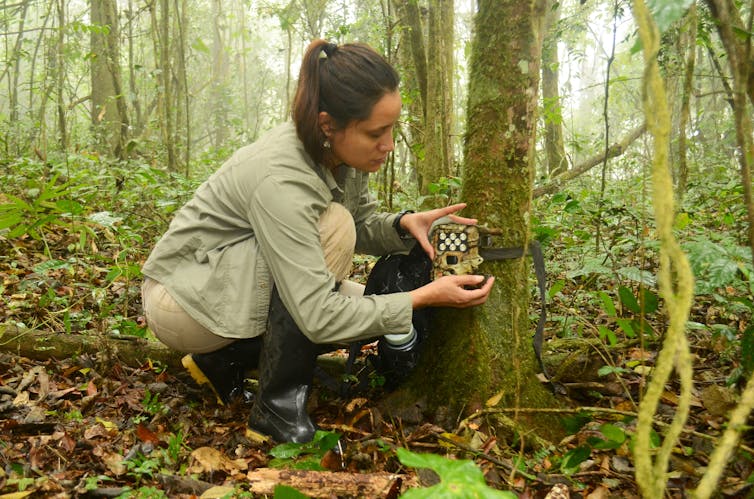
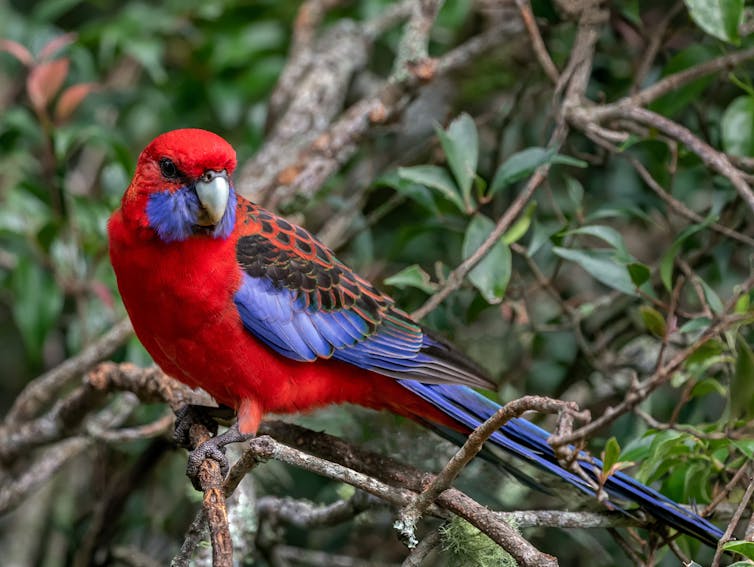
![]()
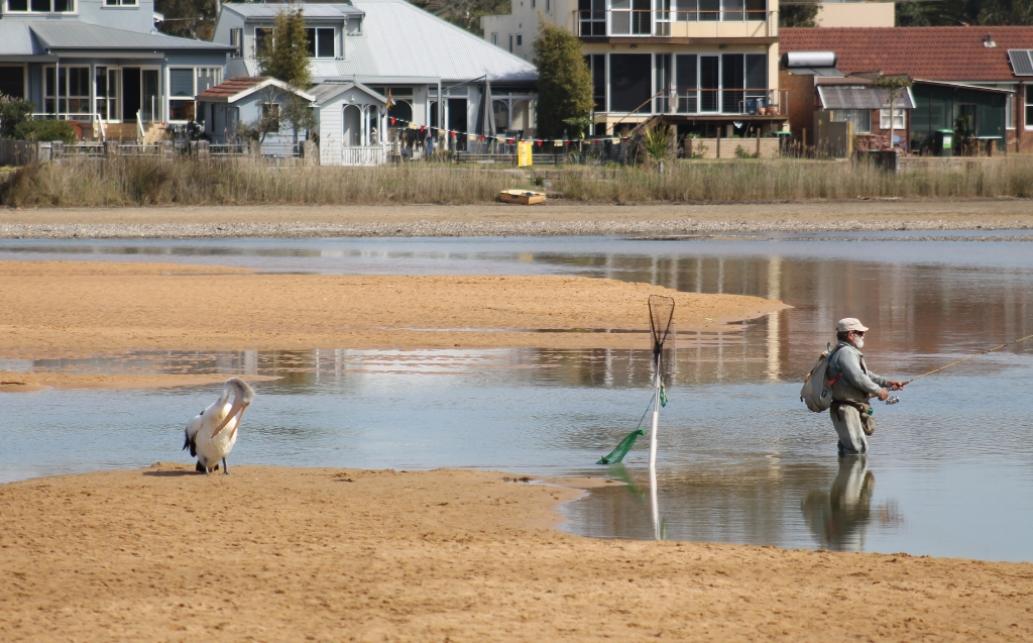
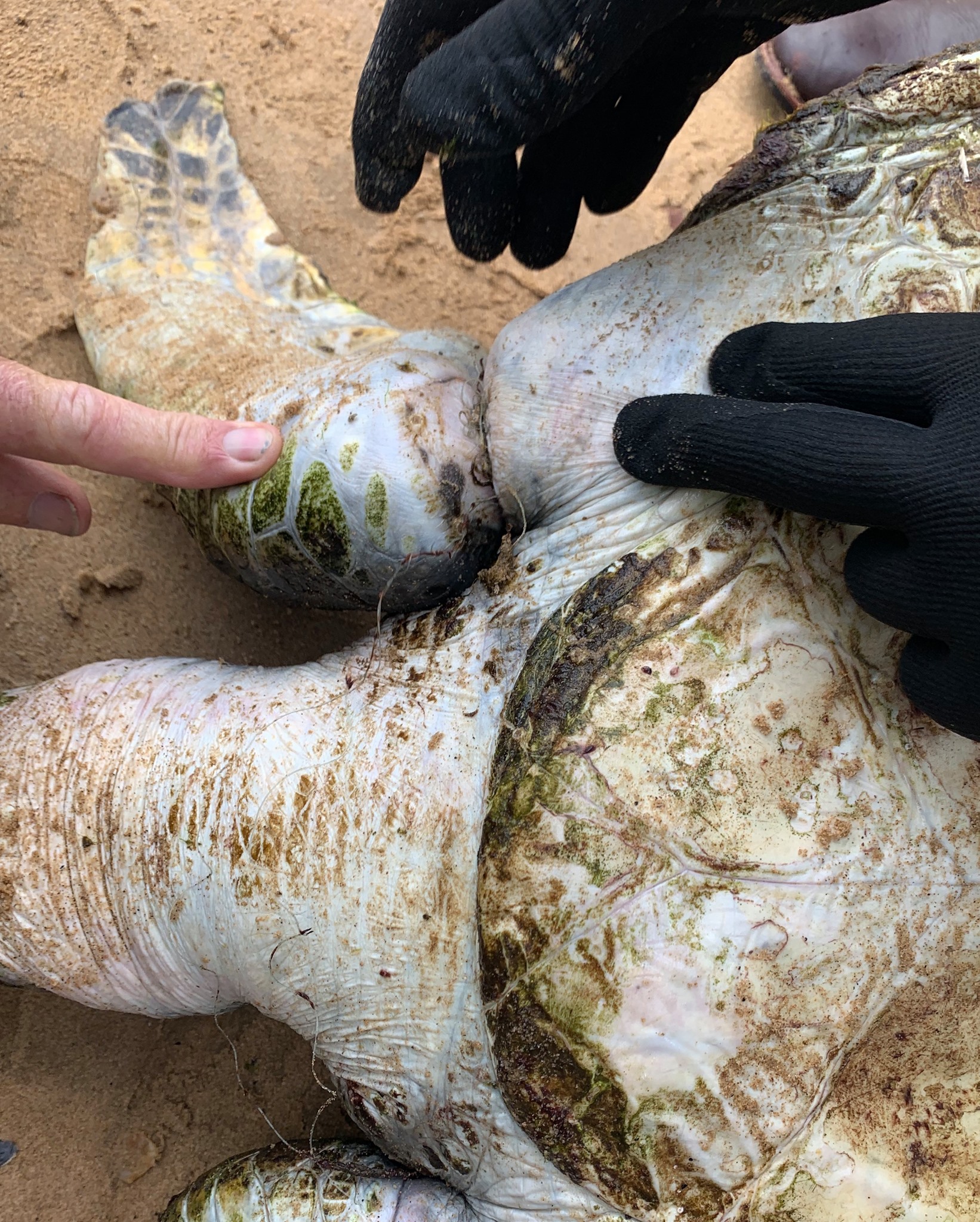
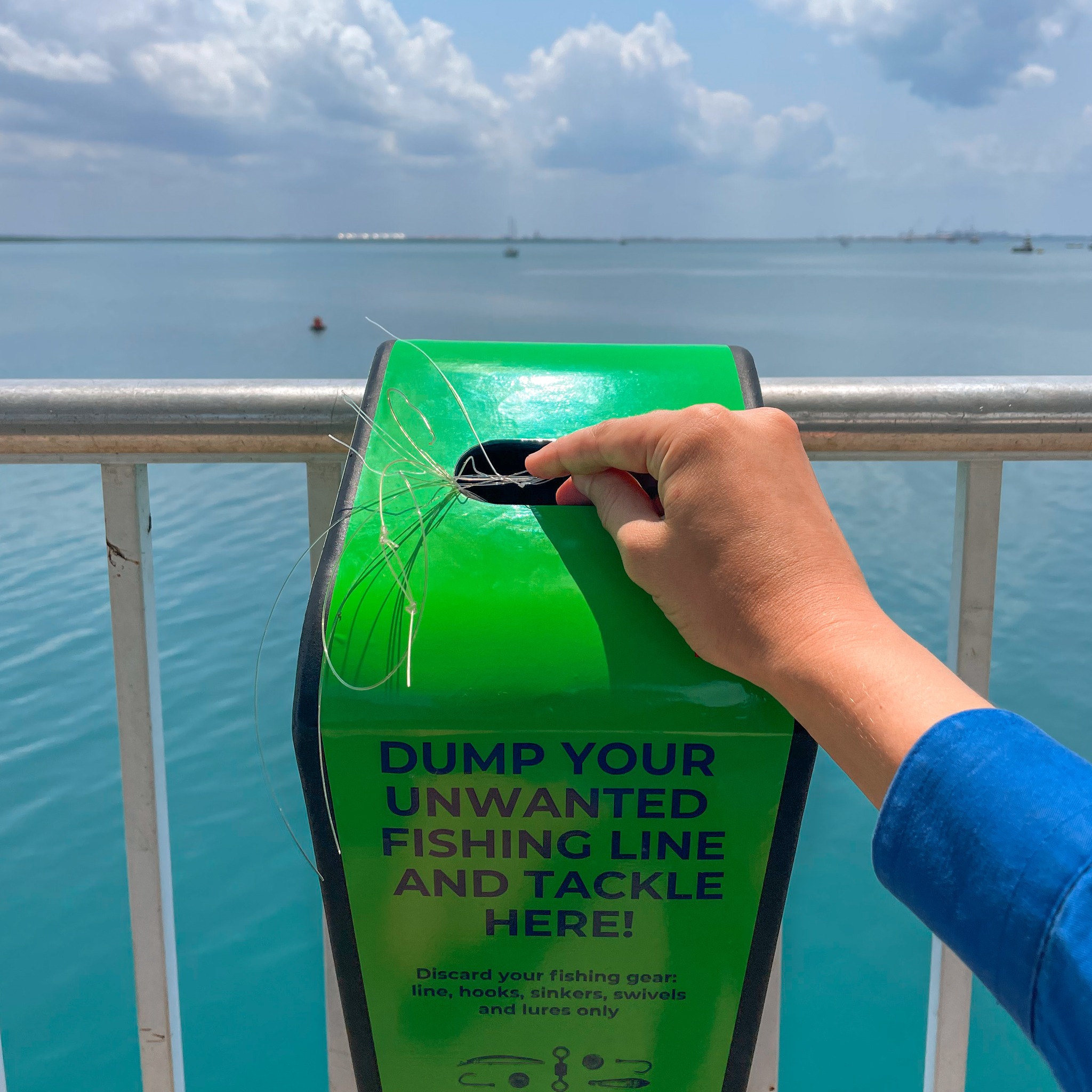
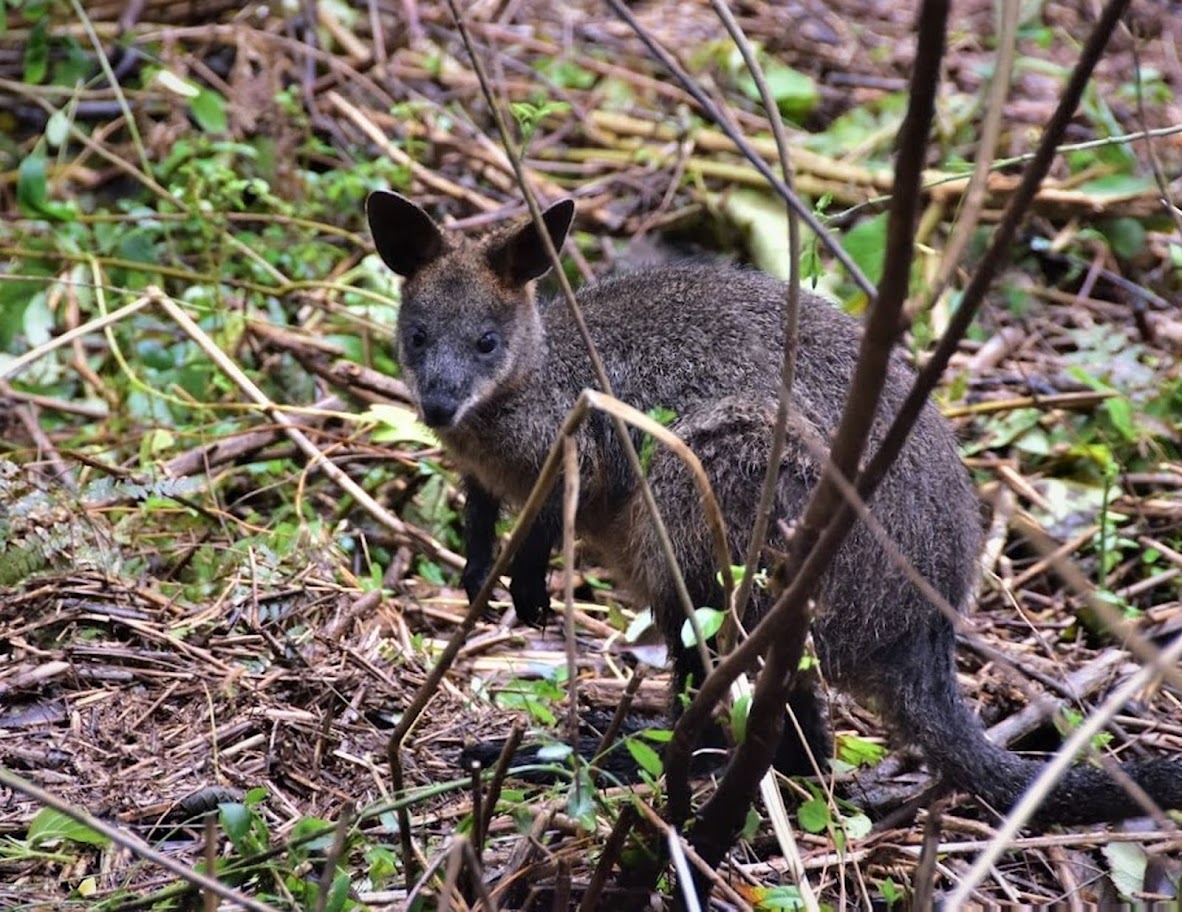
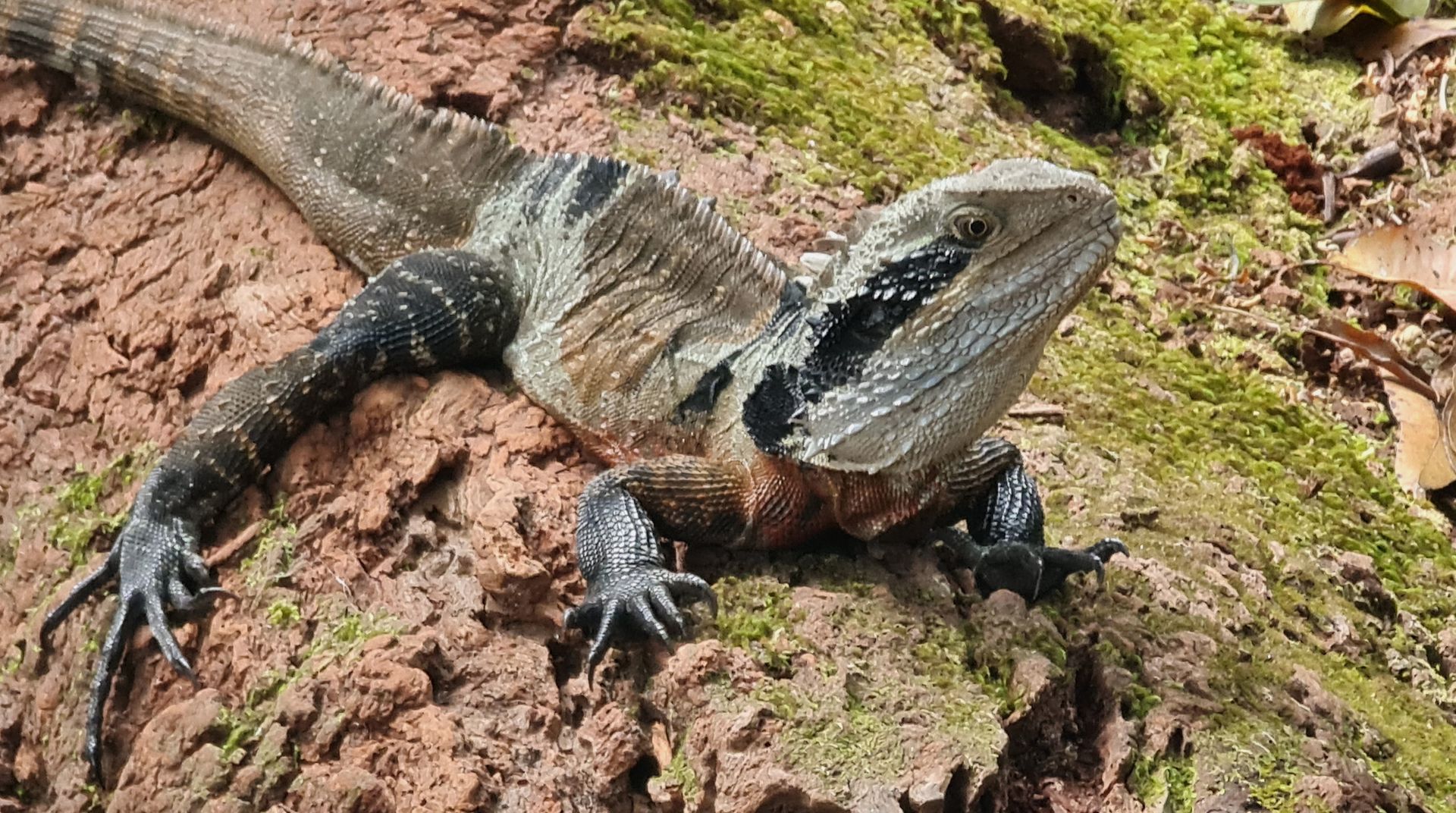
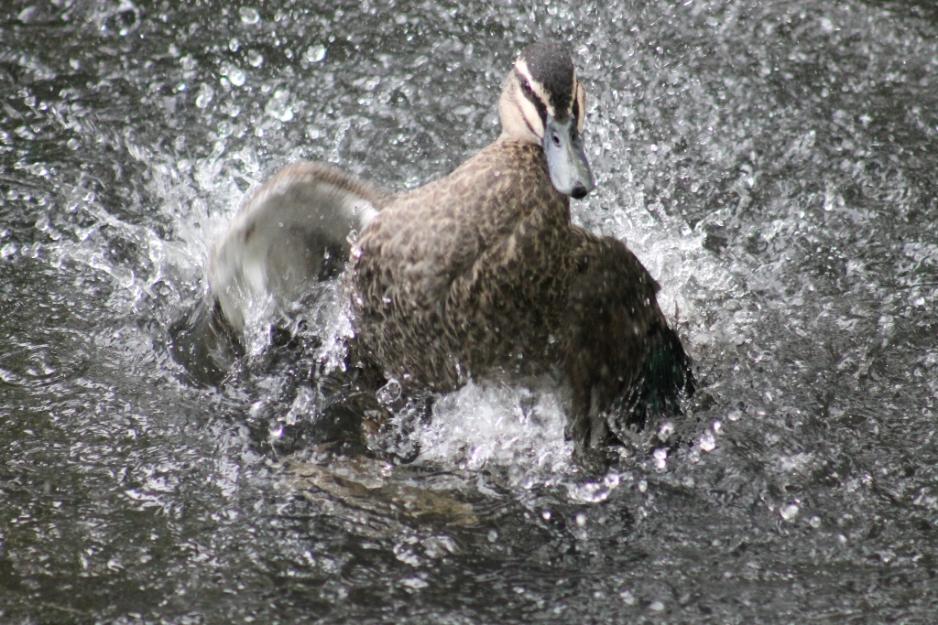
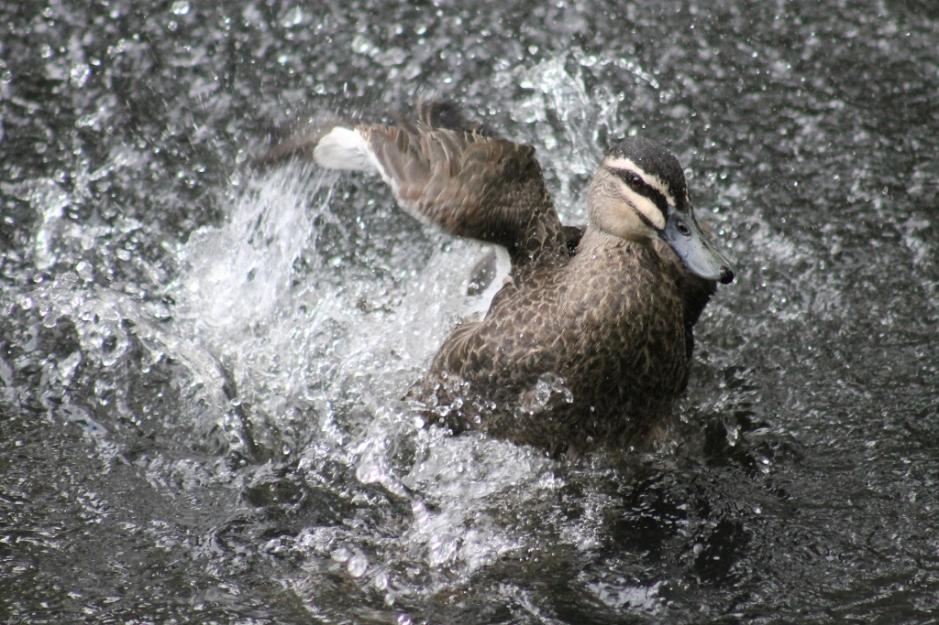










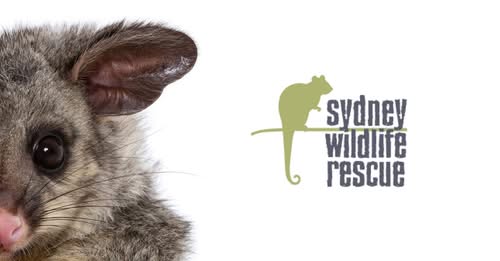

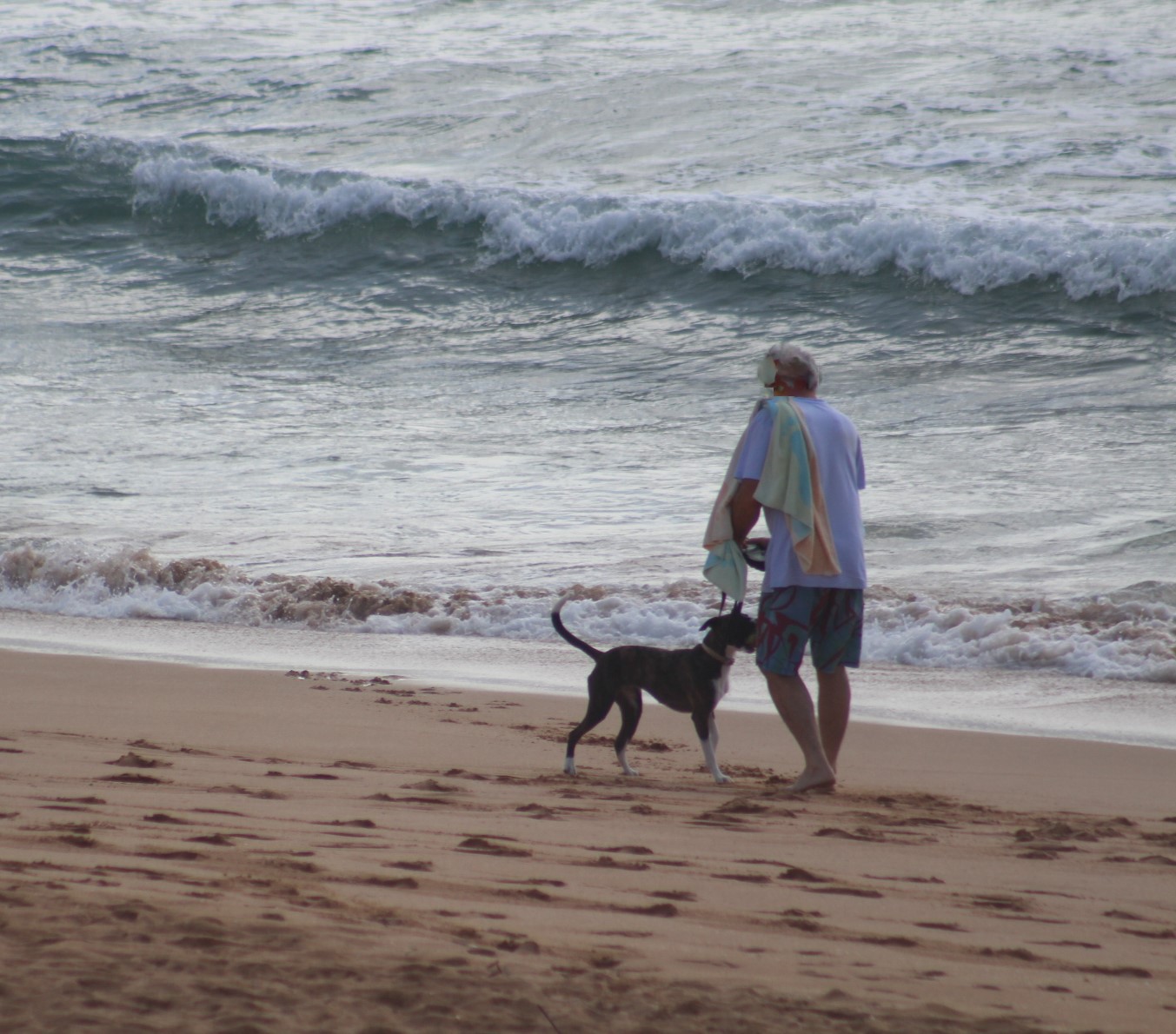
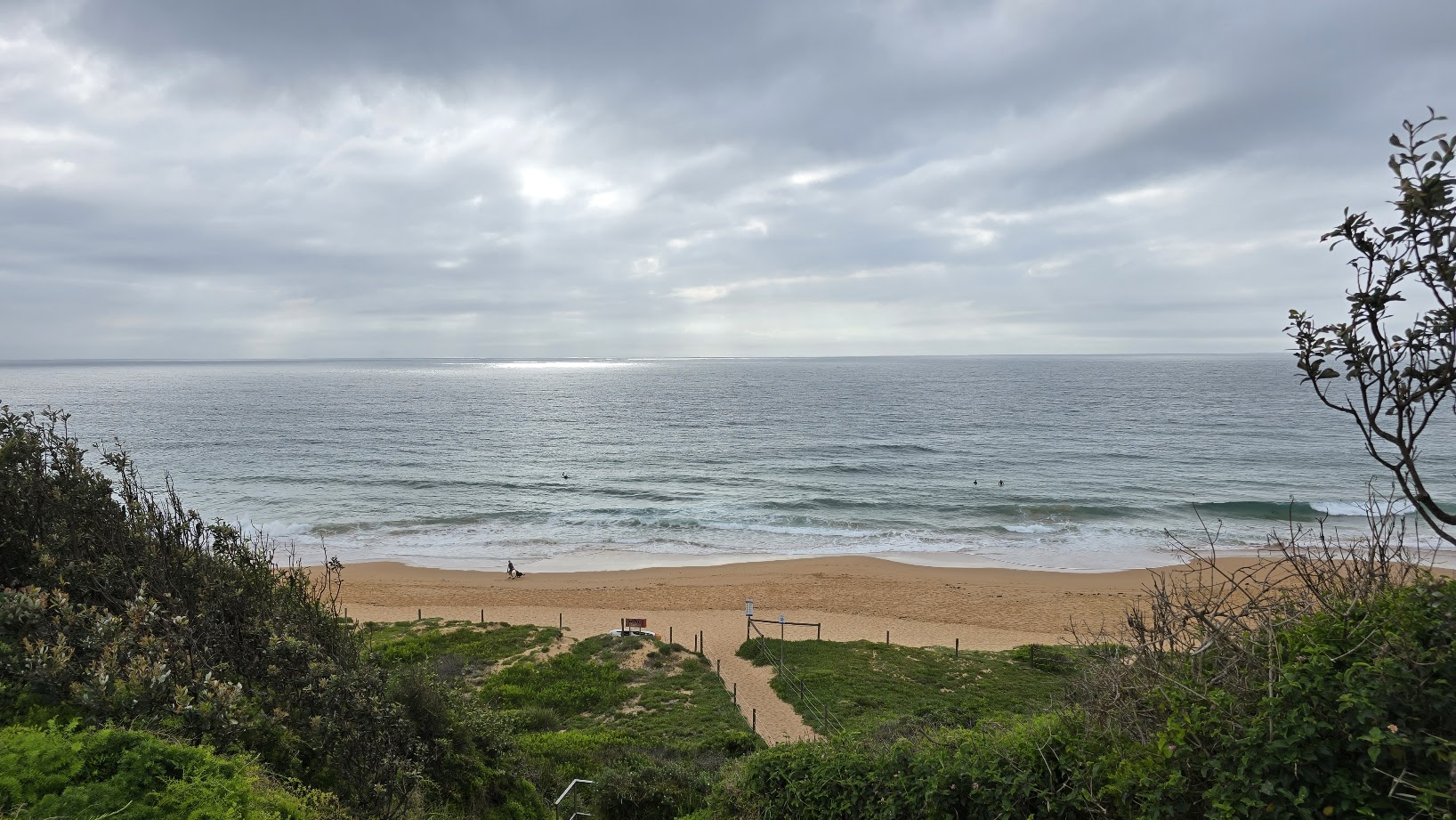
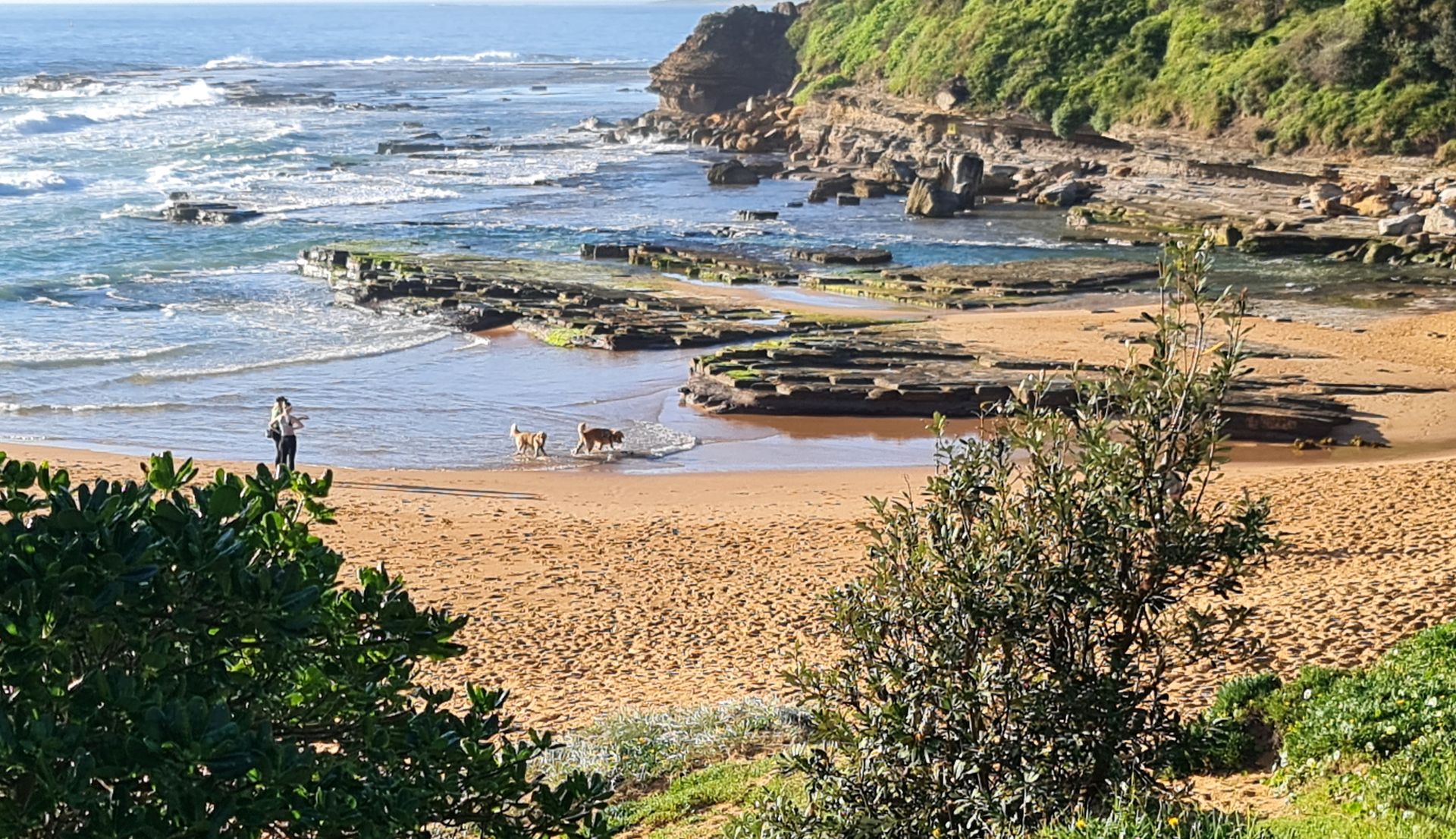
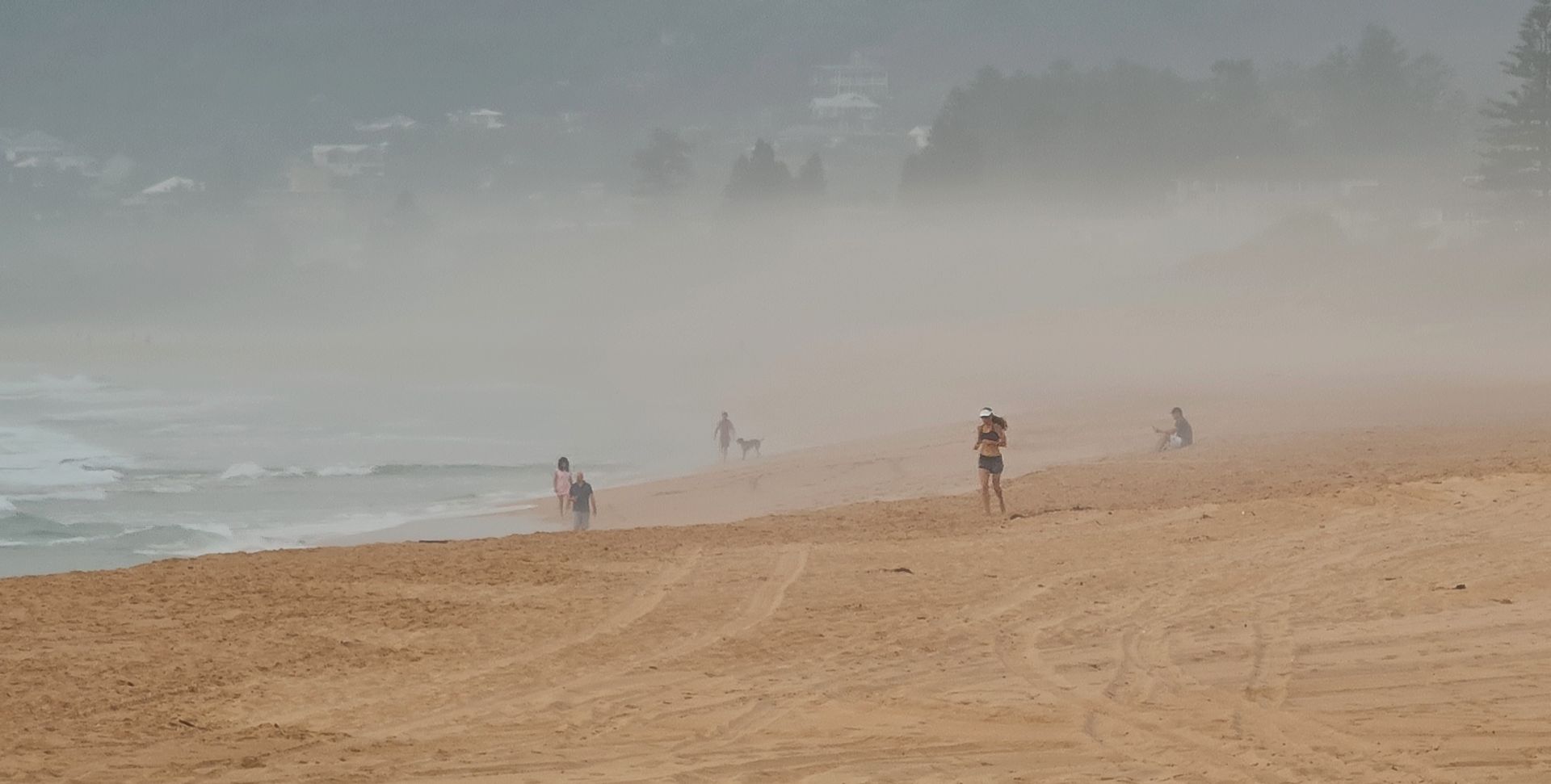
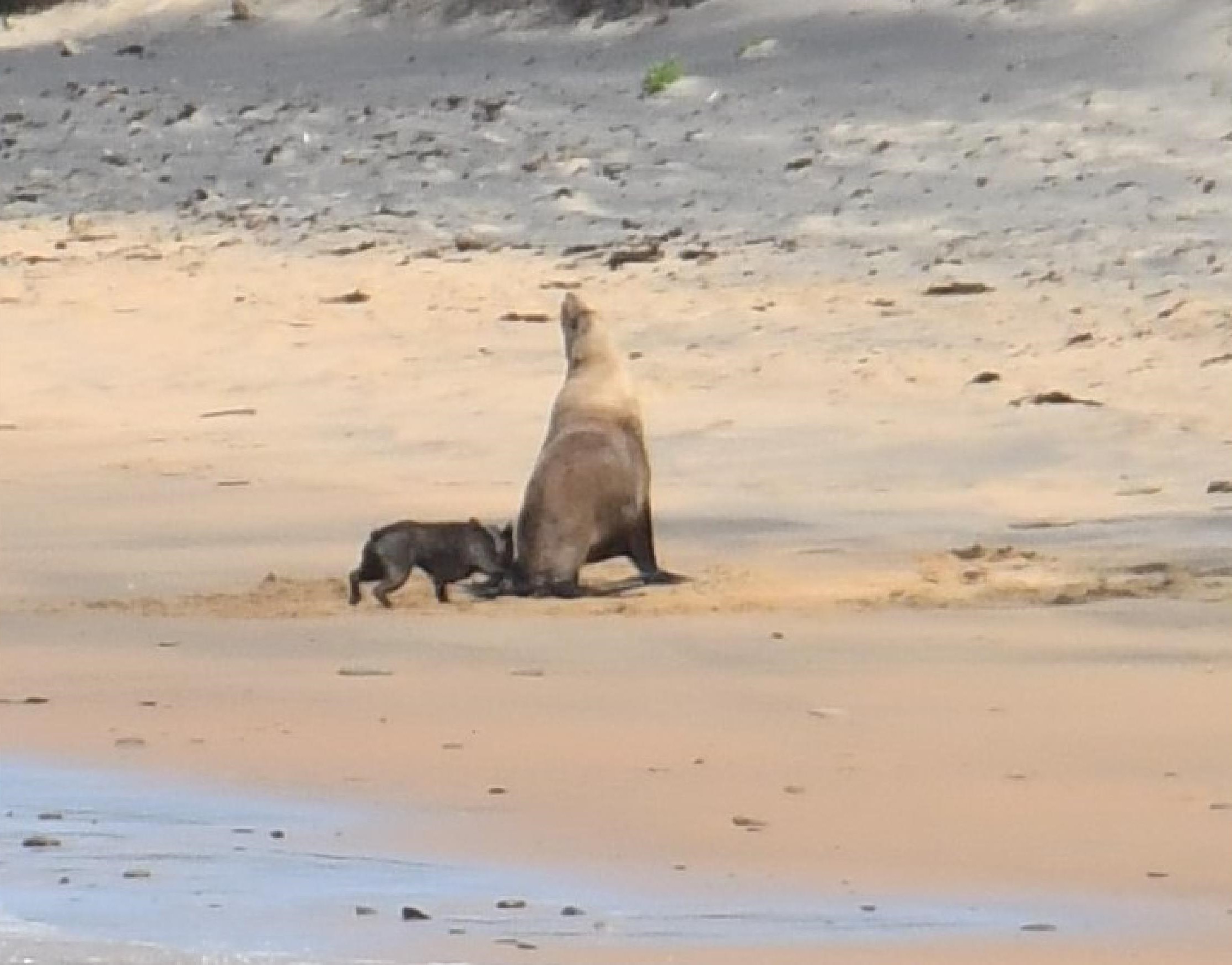
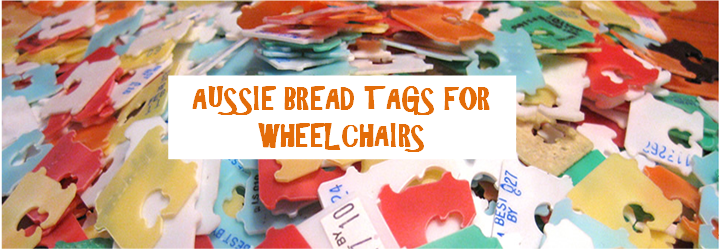
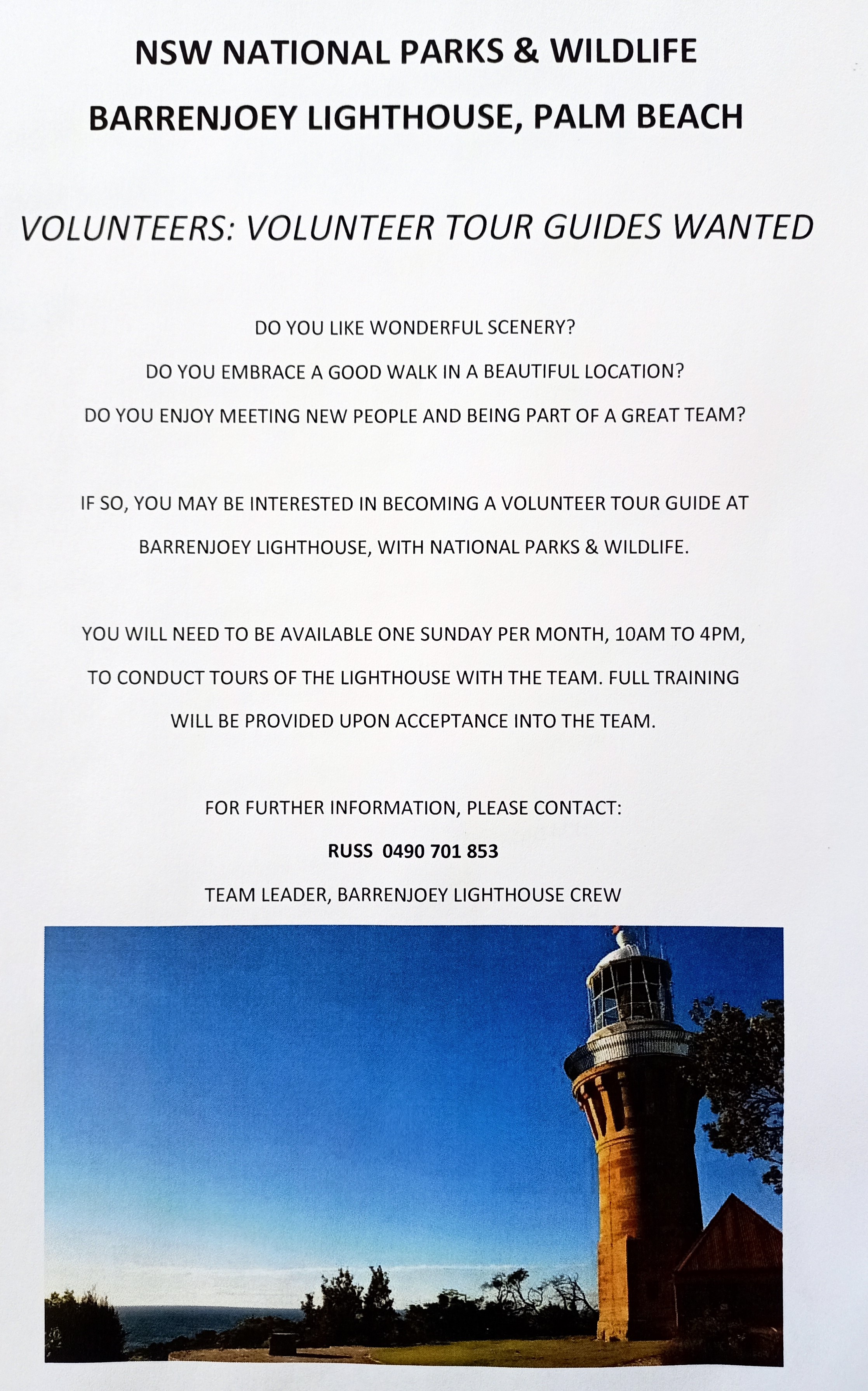
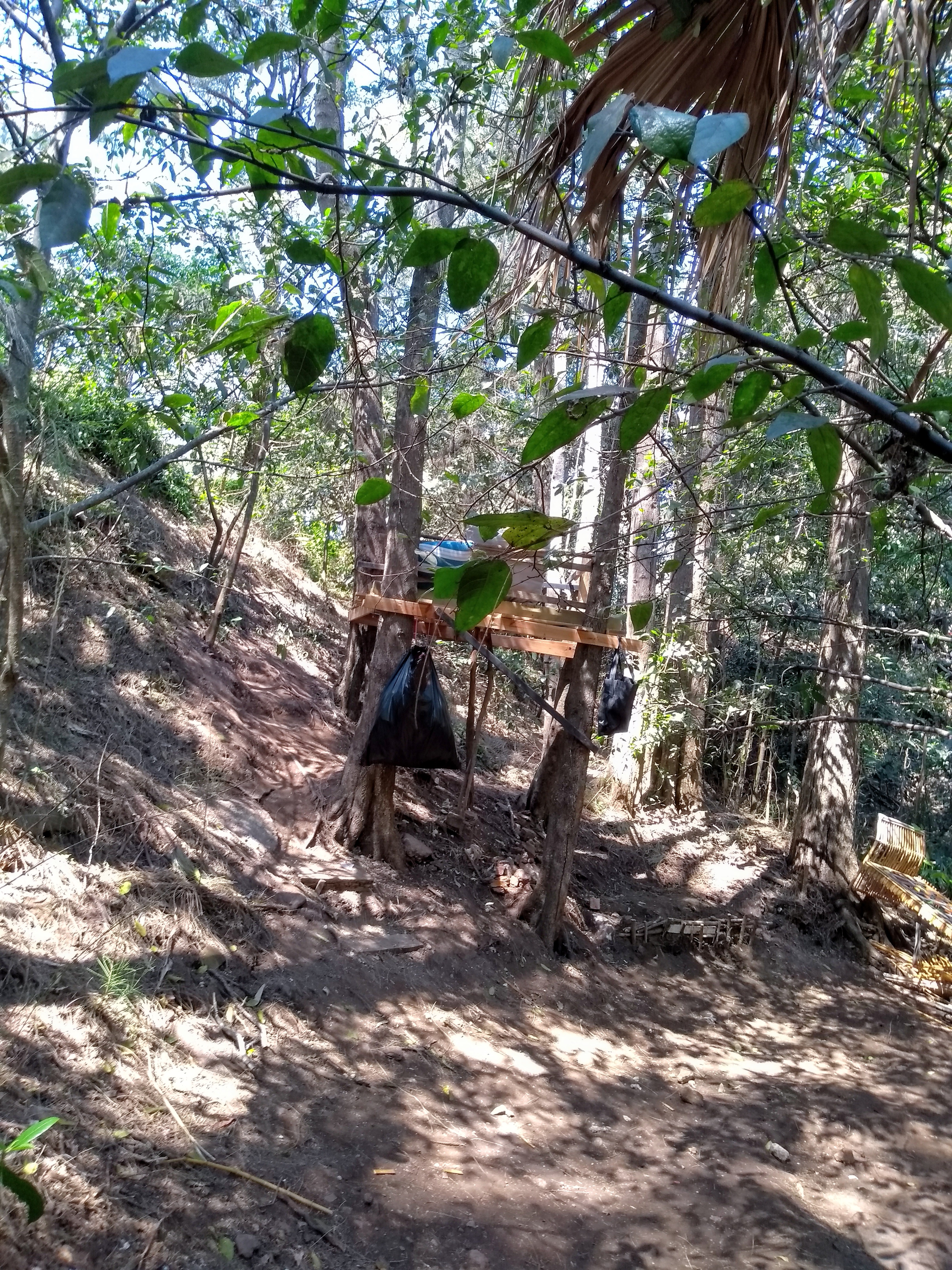
%20(1).jpg?timestamp=1675893929686)
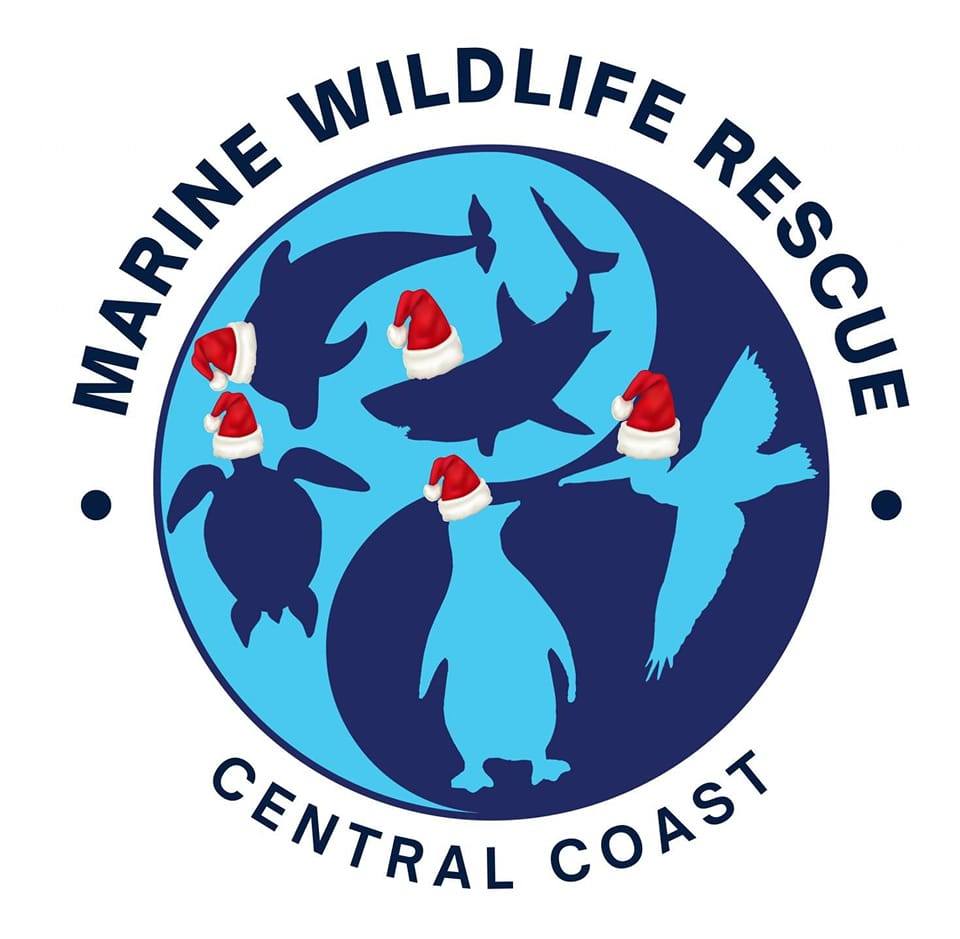
.JPG.opt1460x973o0,0s1460x973.jpg?timestamp=1663629195339)
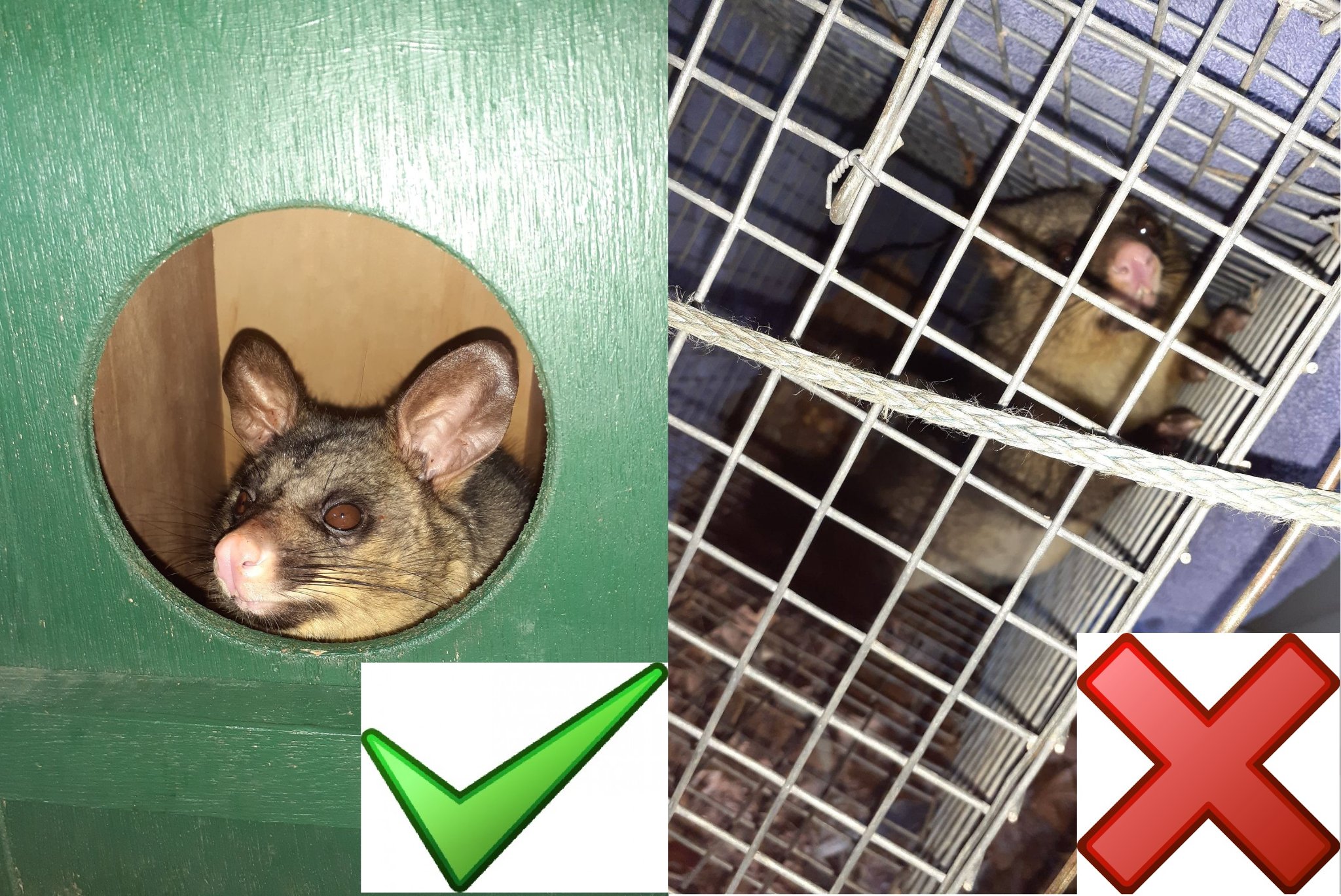
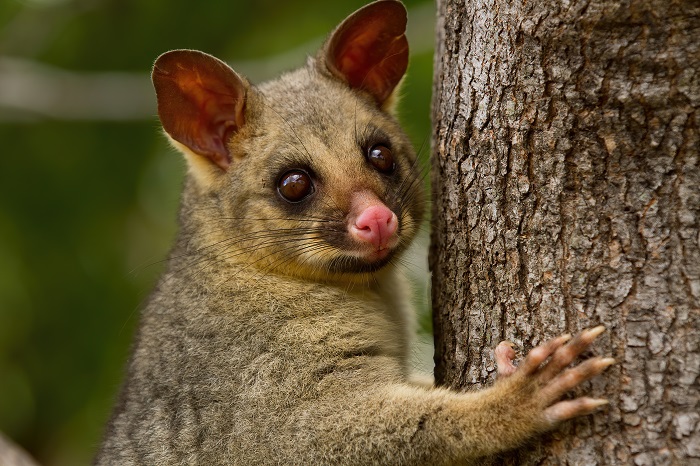
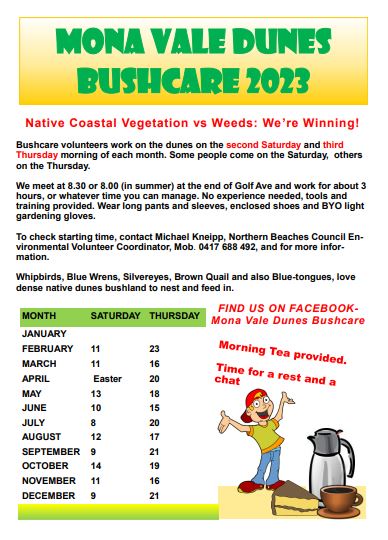
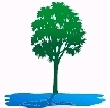

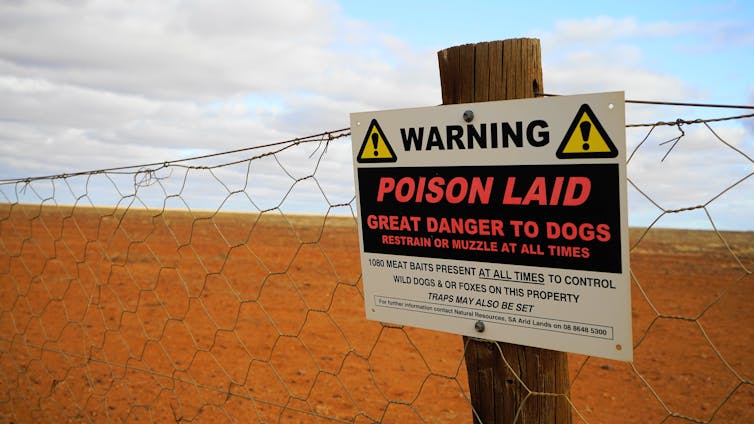
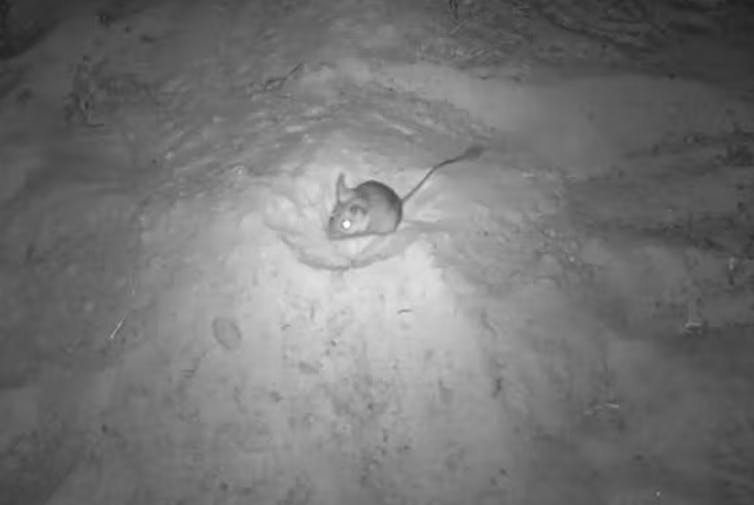
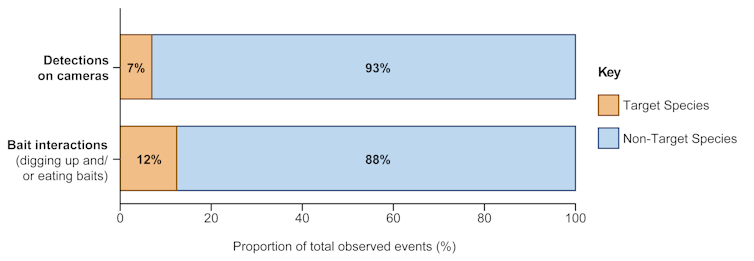
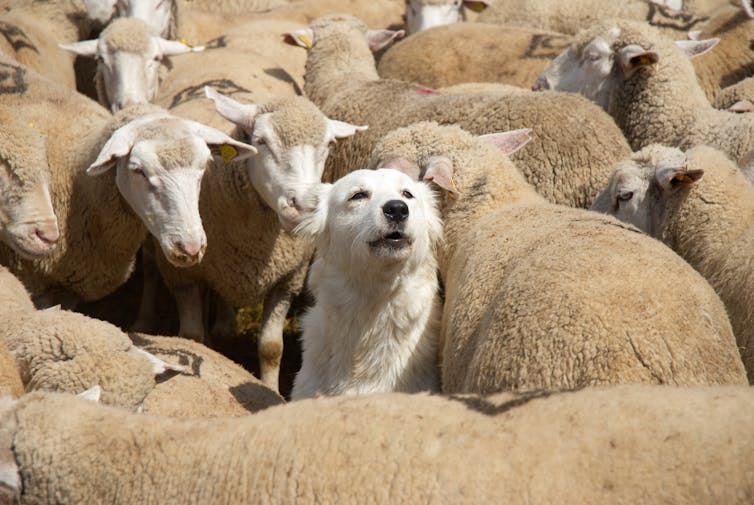



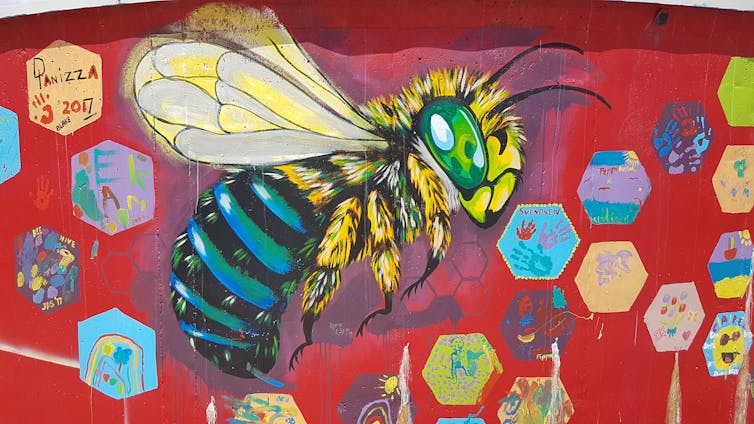


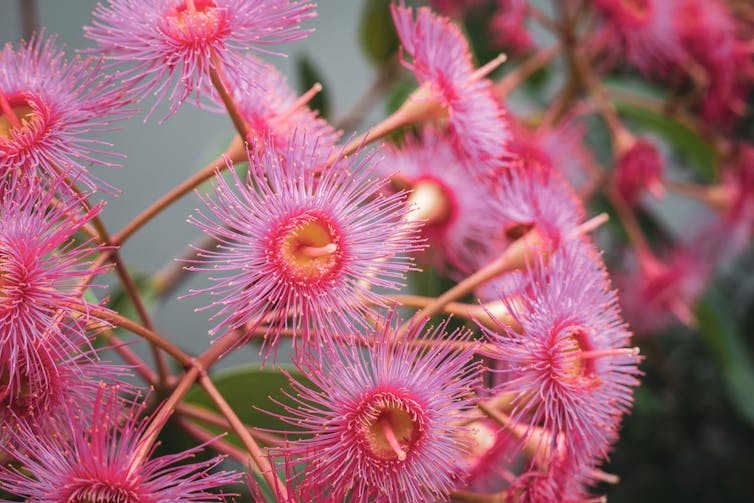
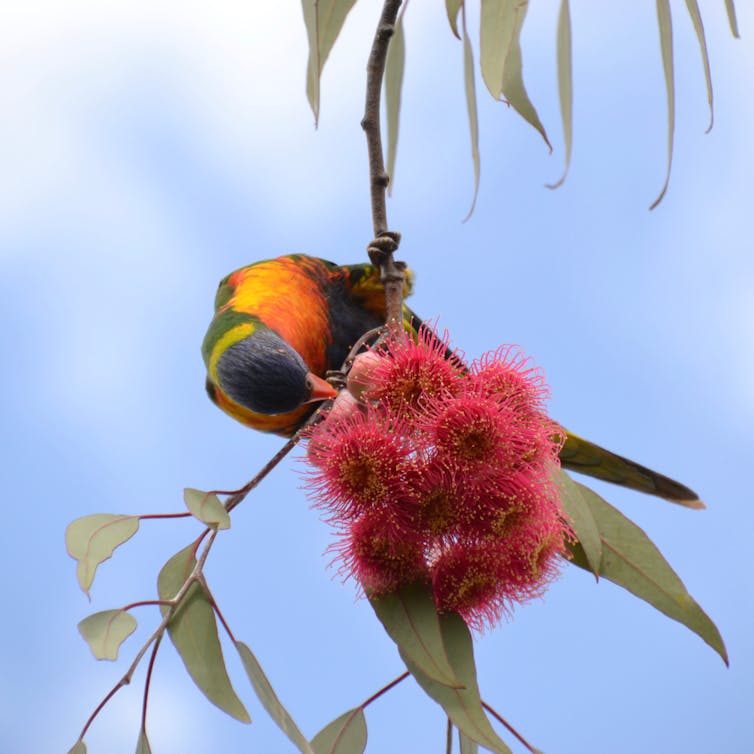
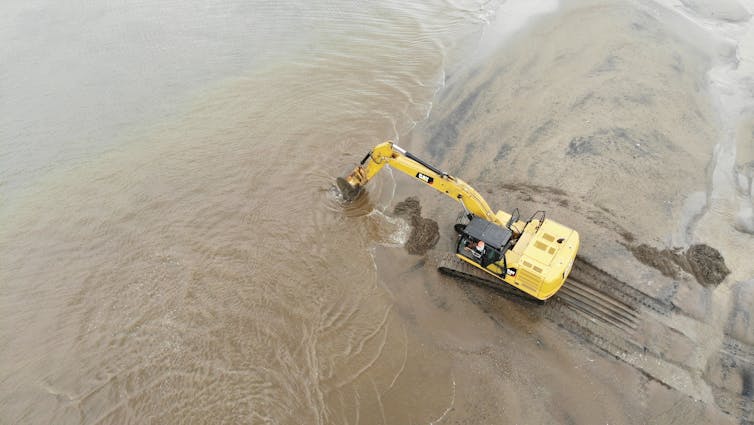
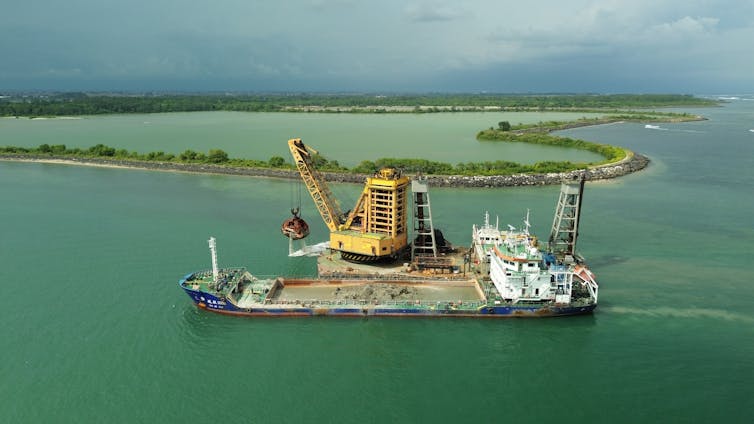

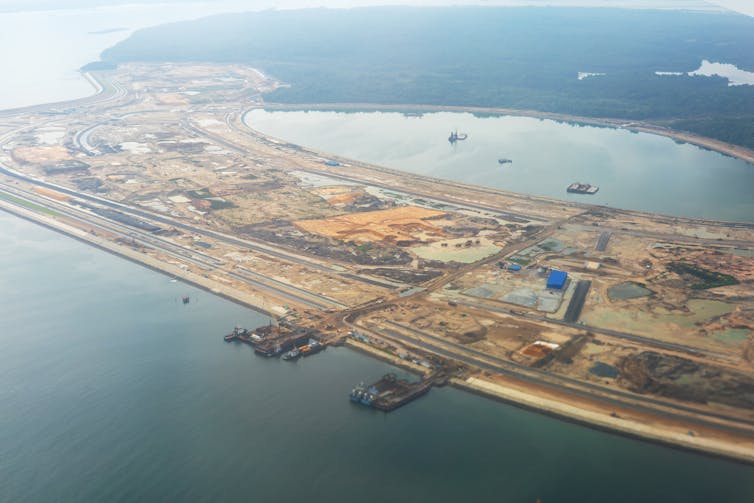
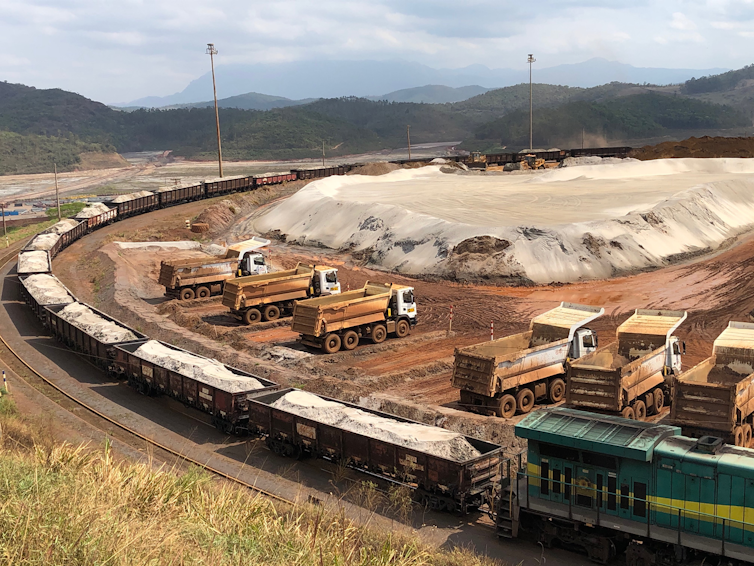
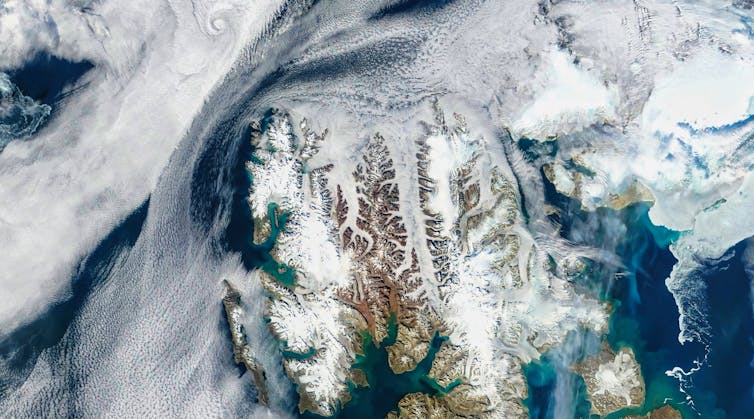

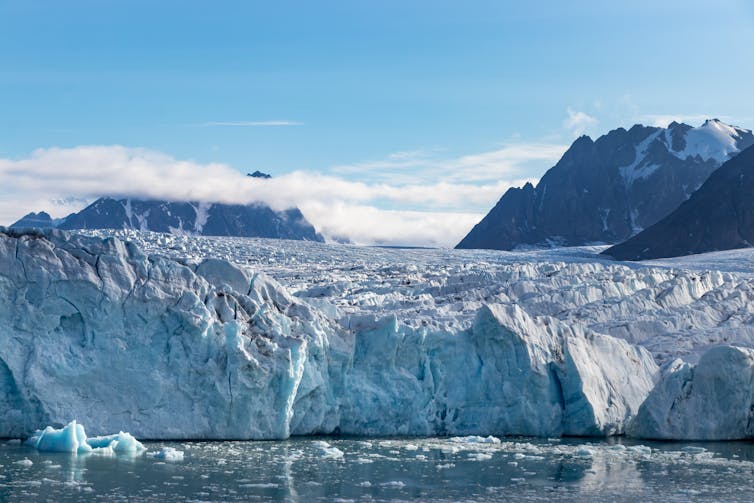
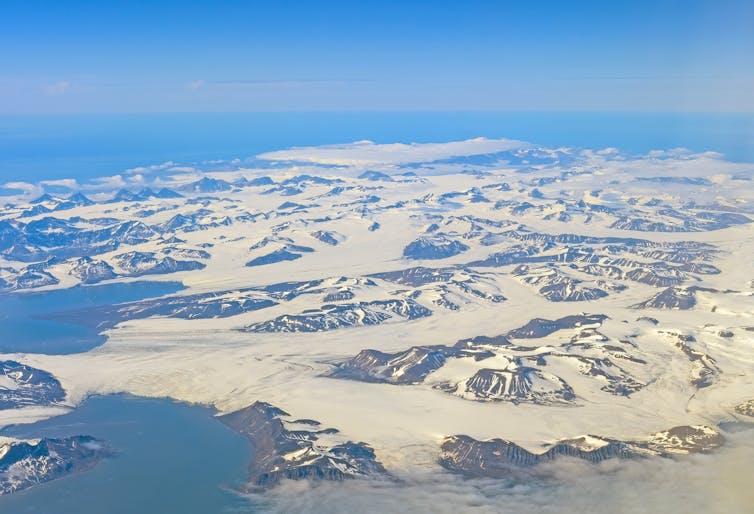
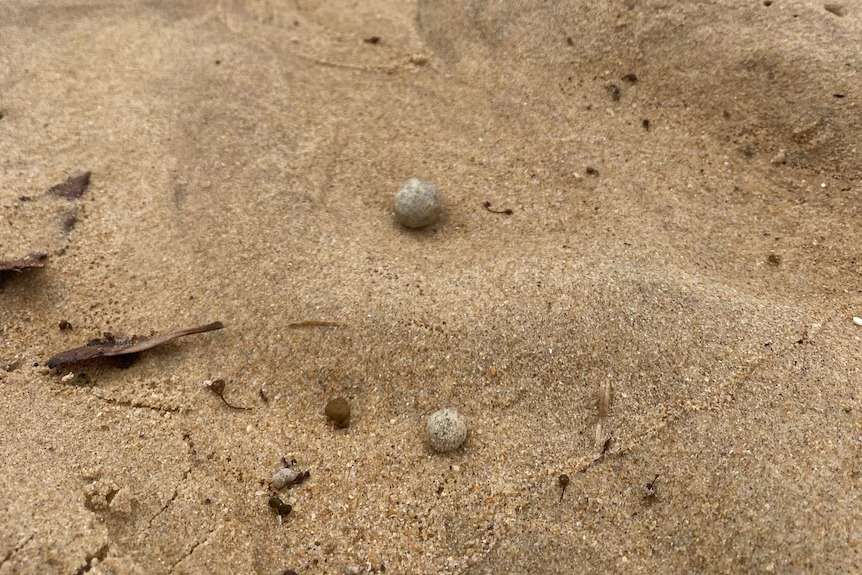
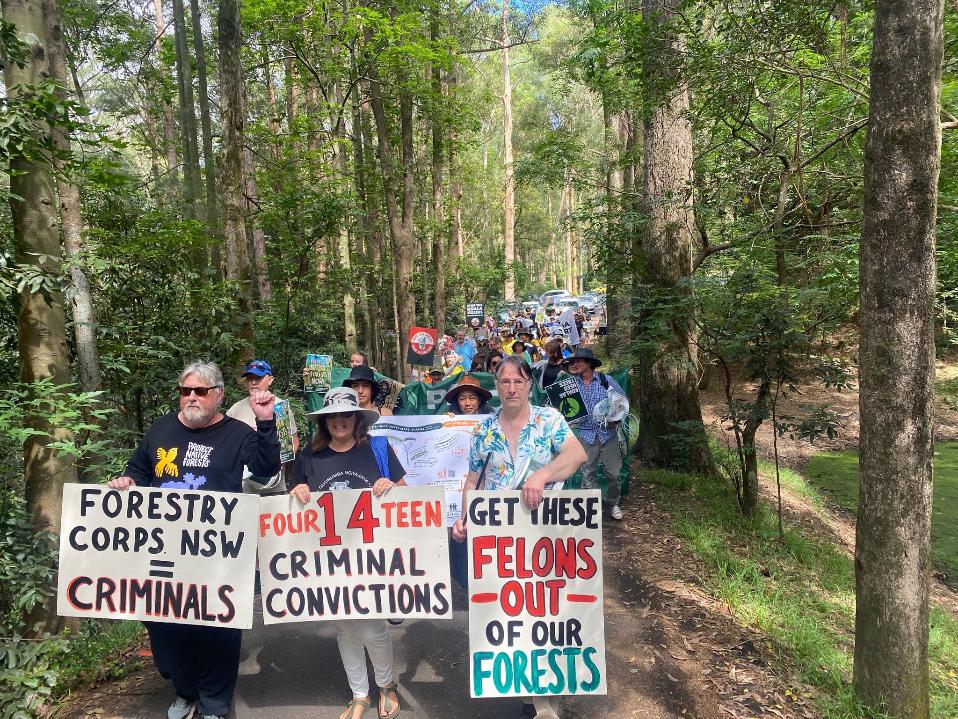
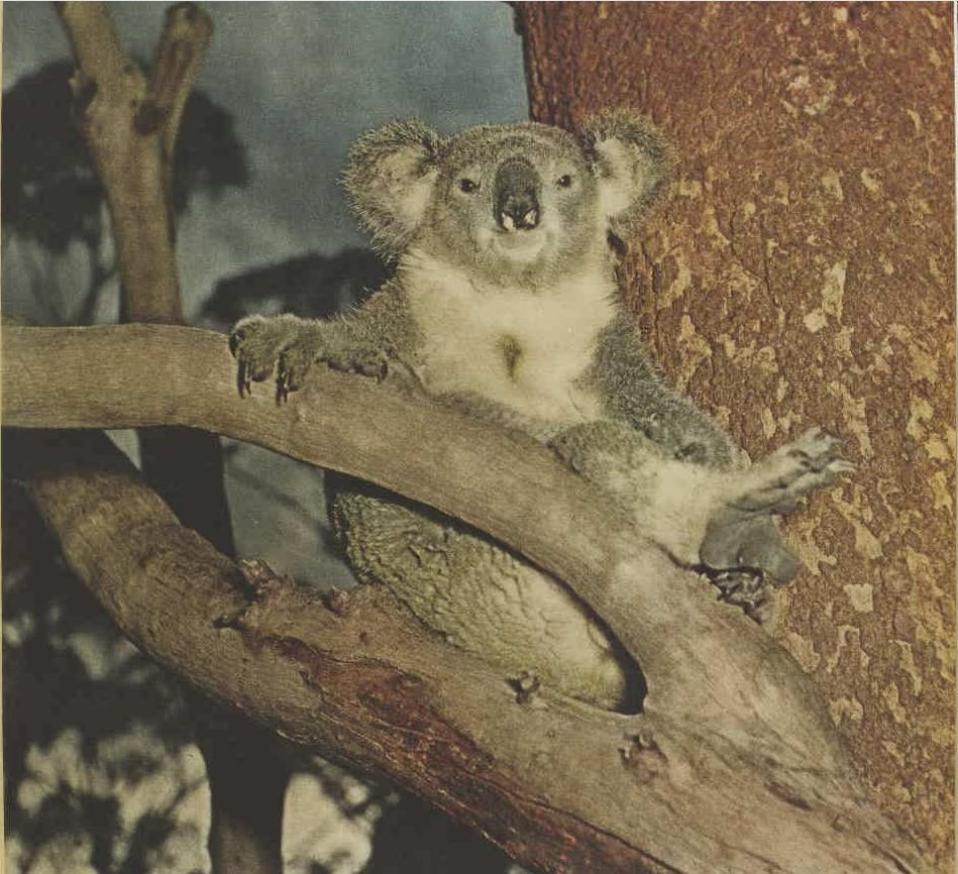



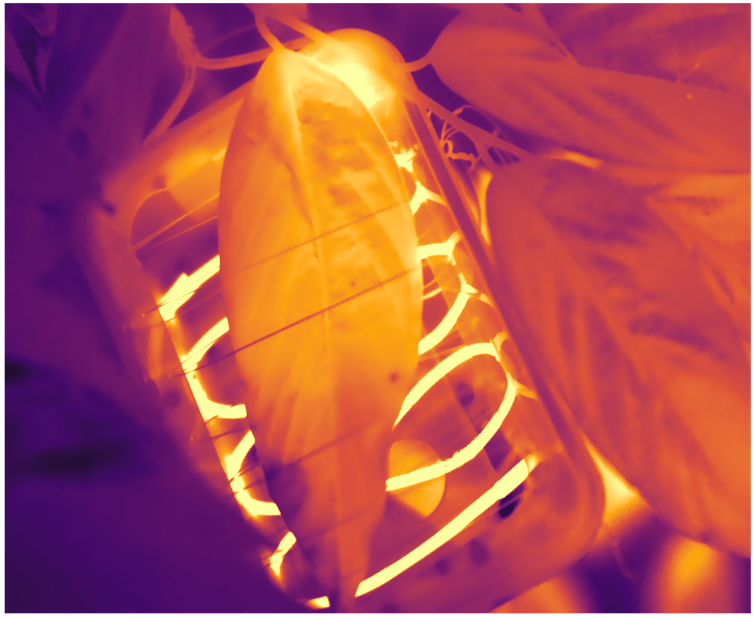
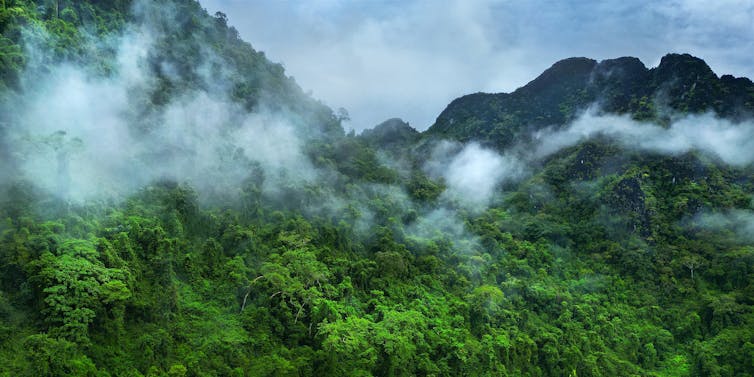

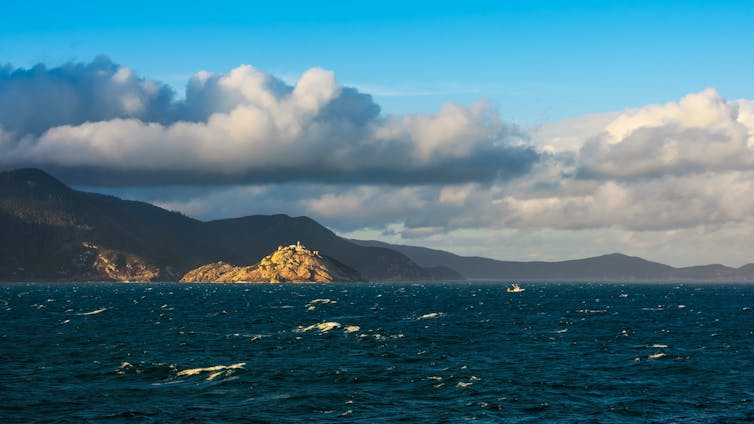
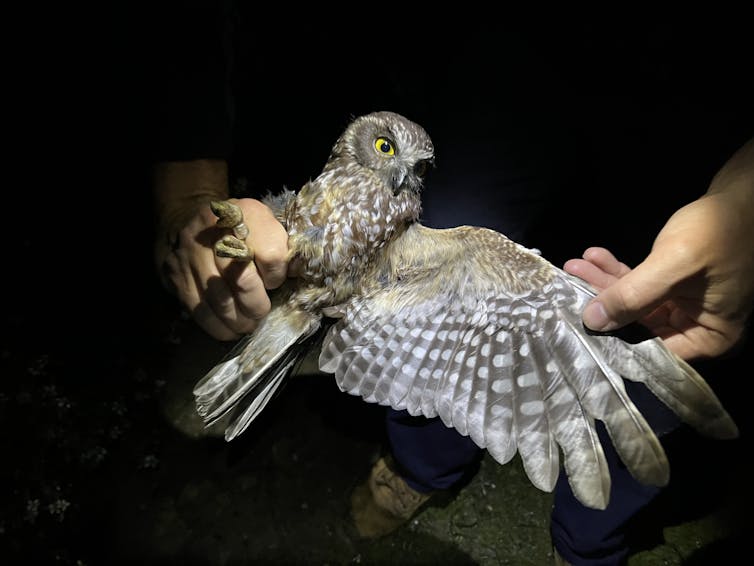
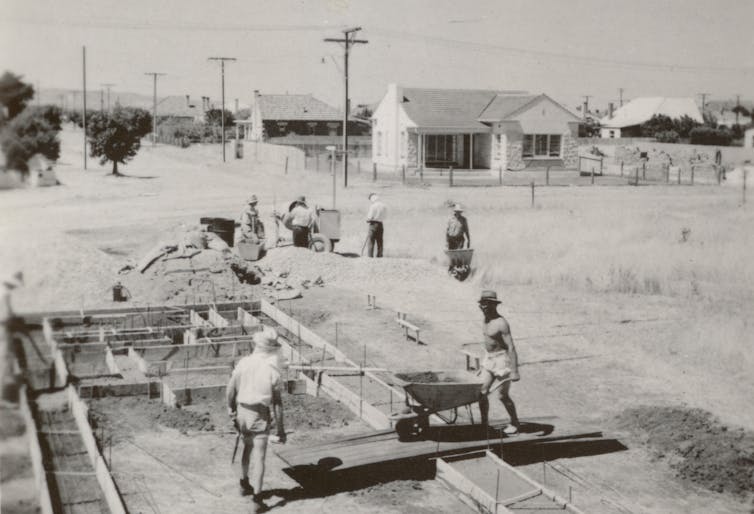








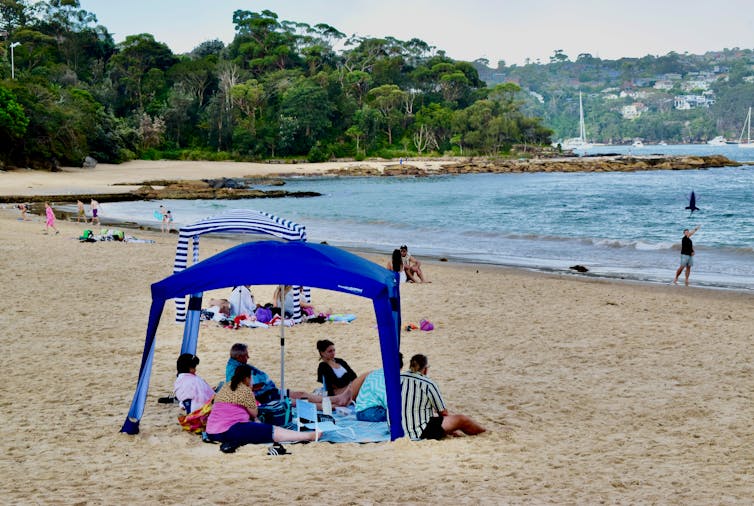
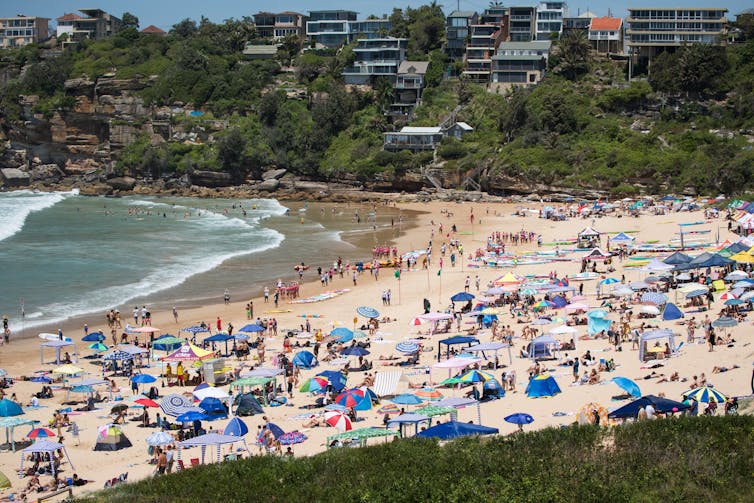
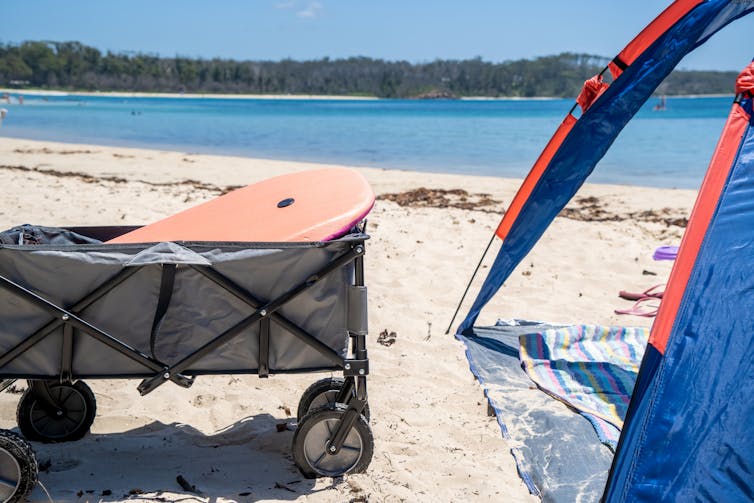

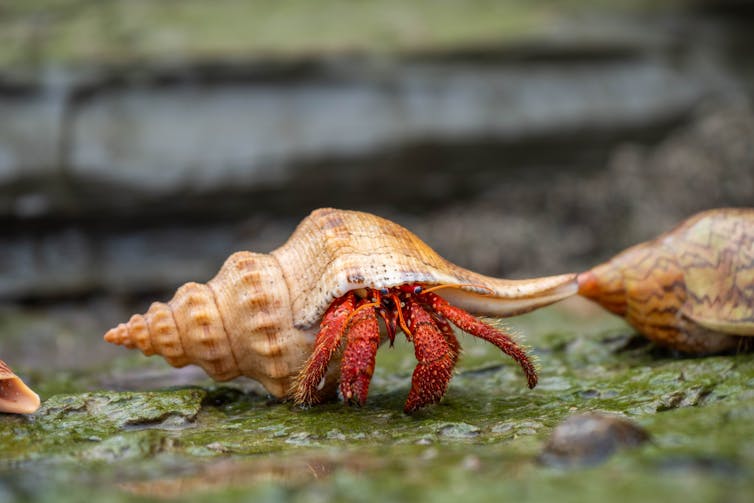
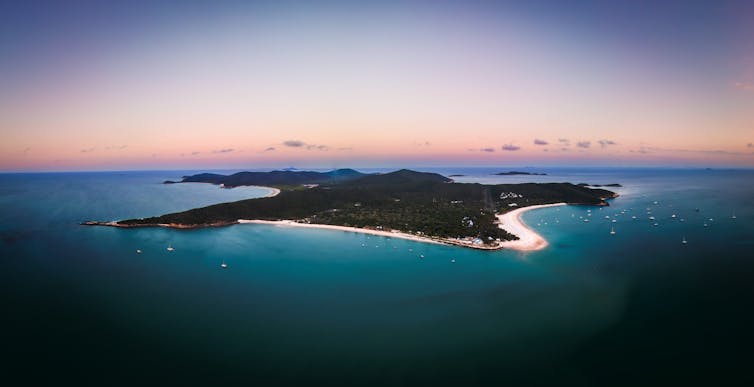

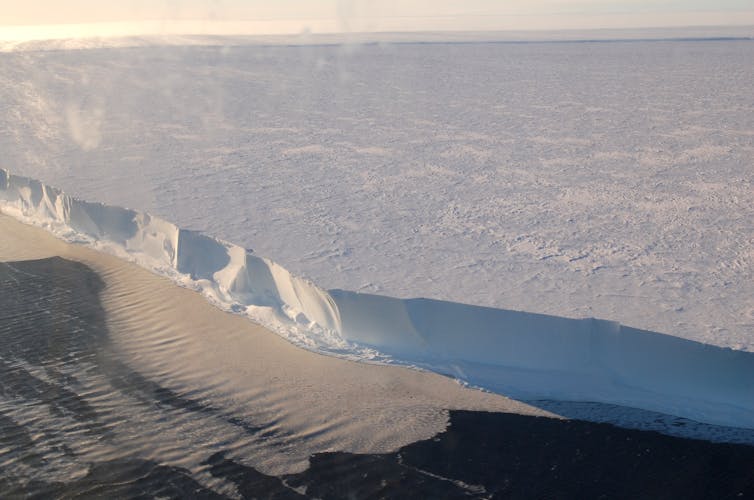
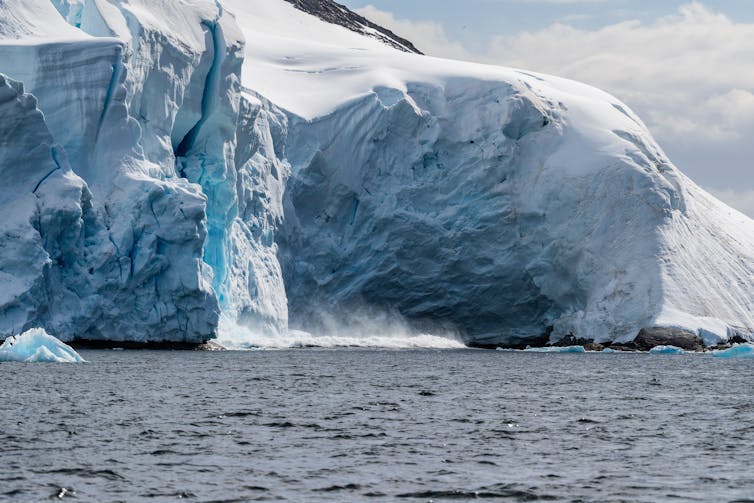
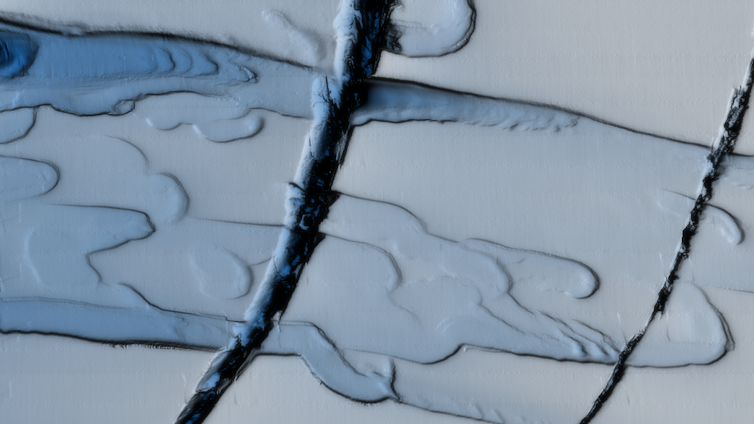
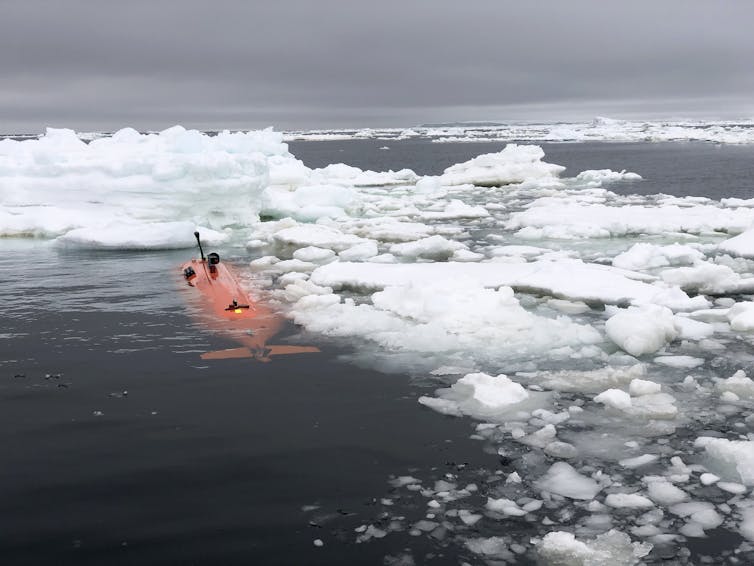

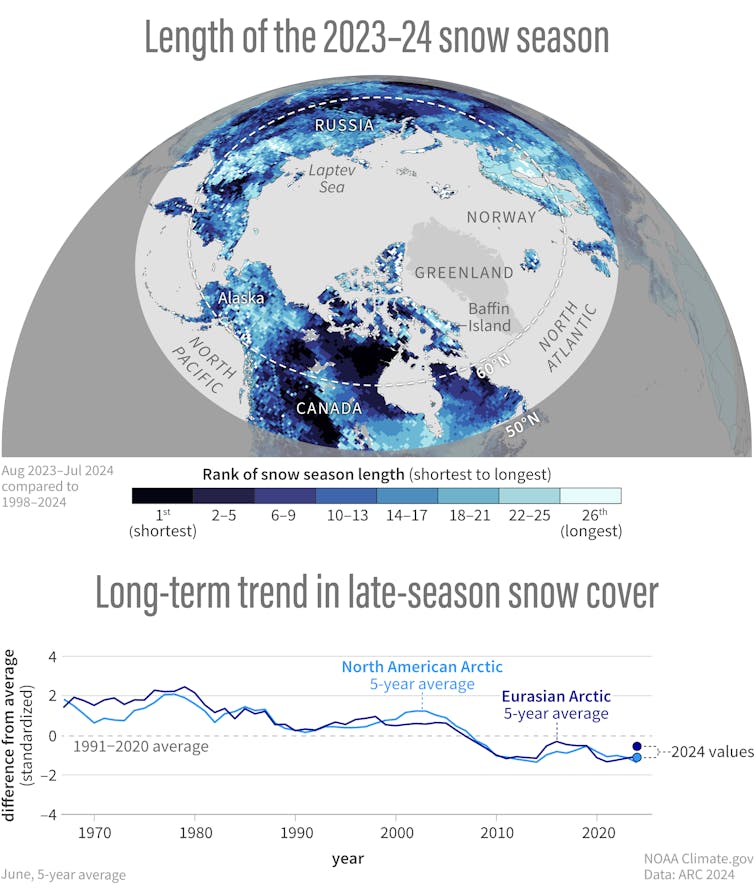
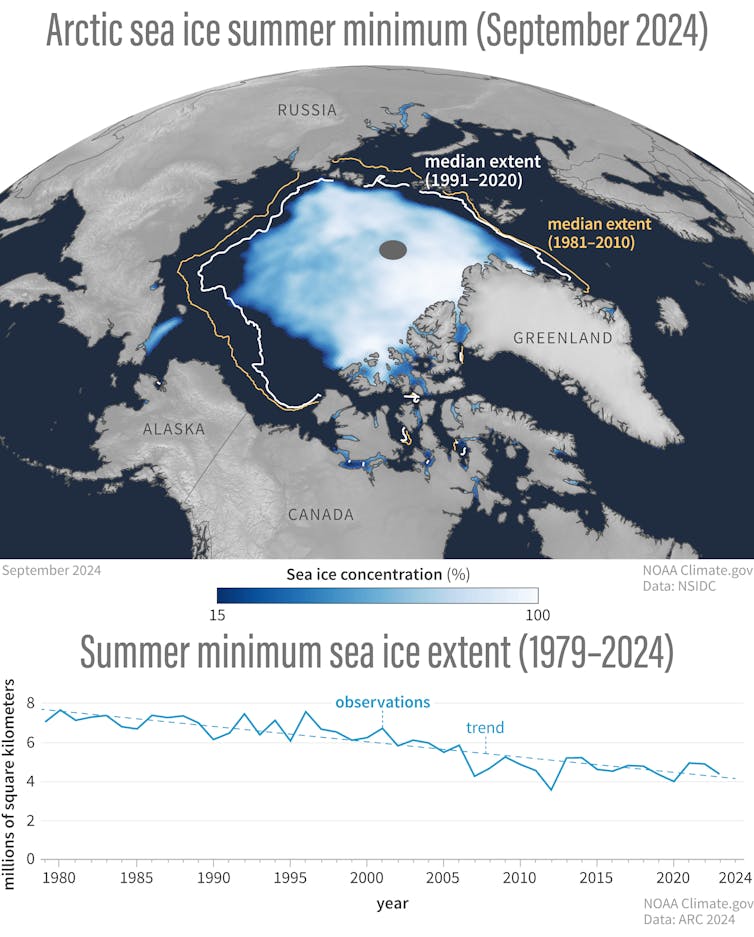
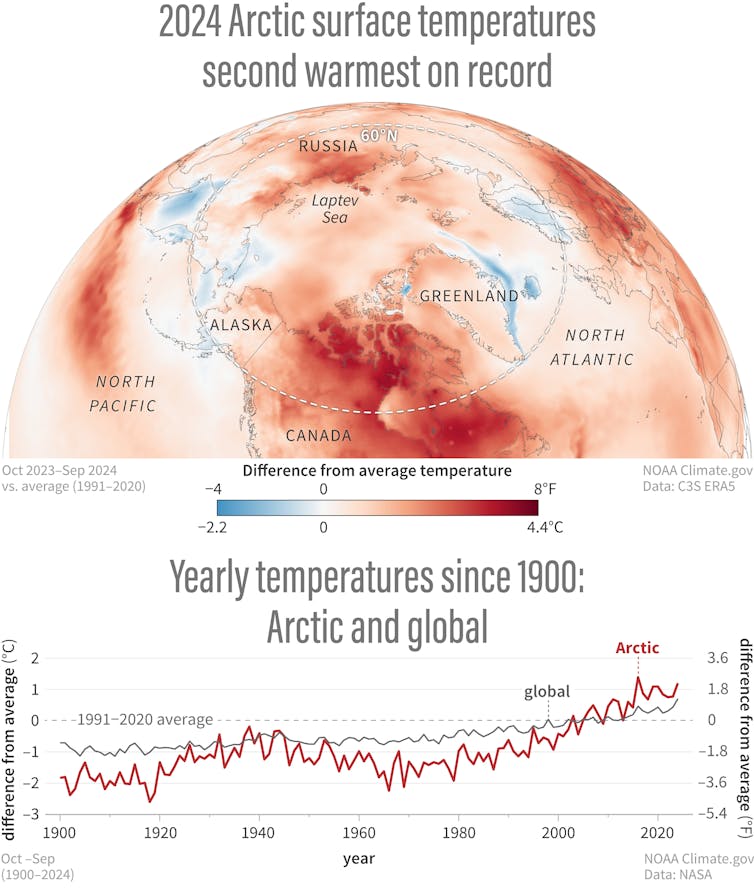
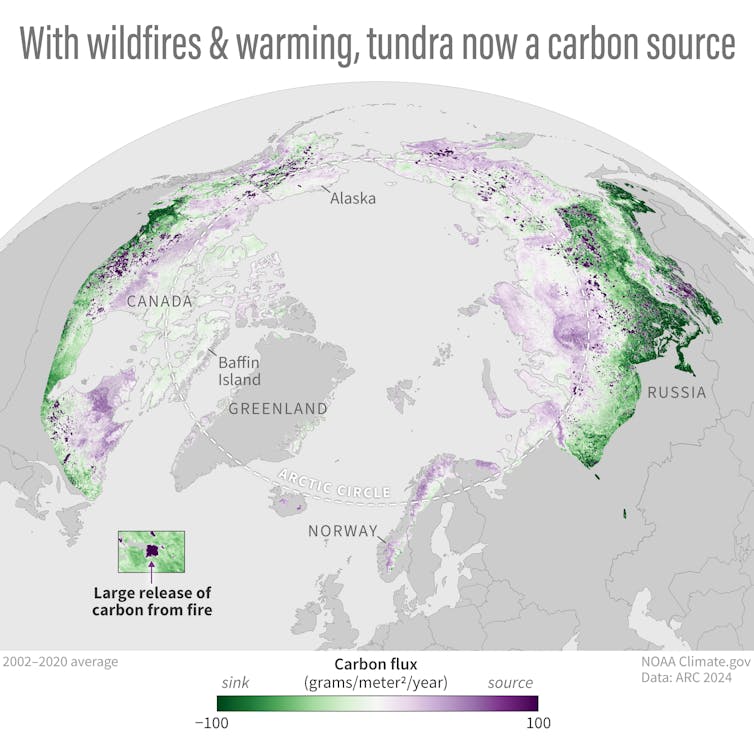

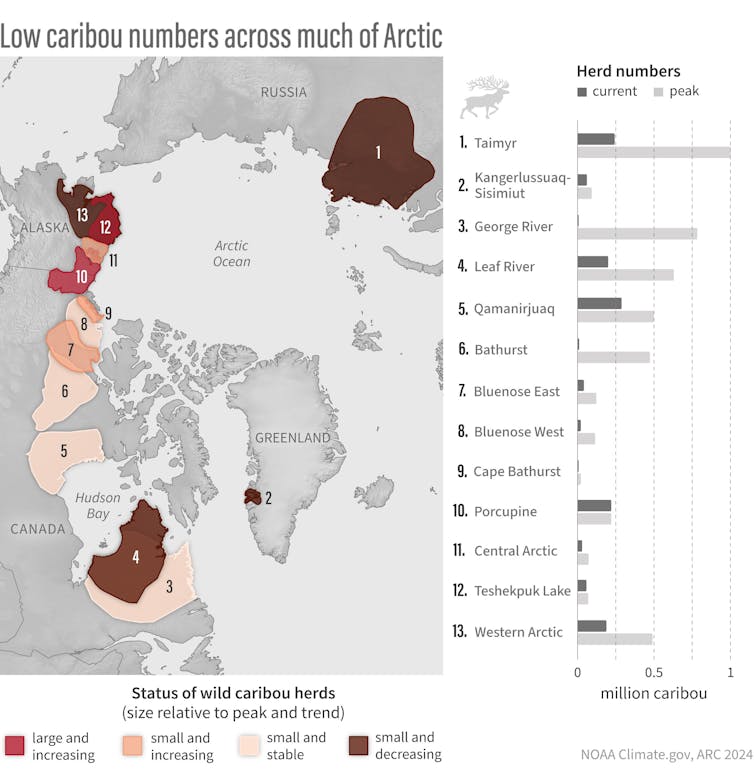
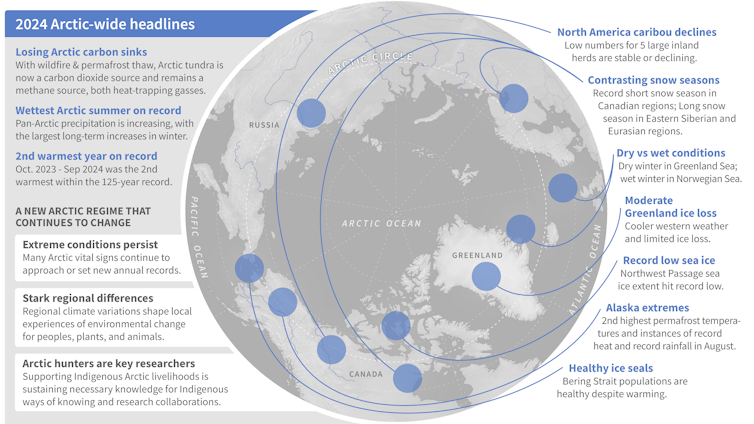

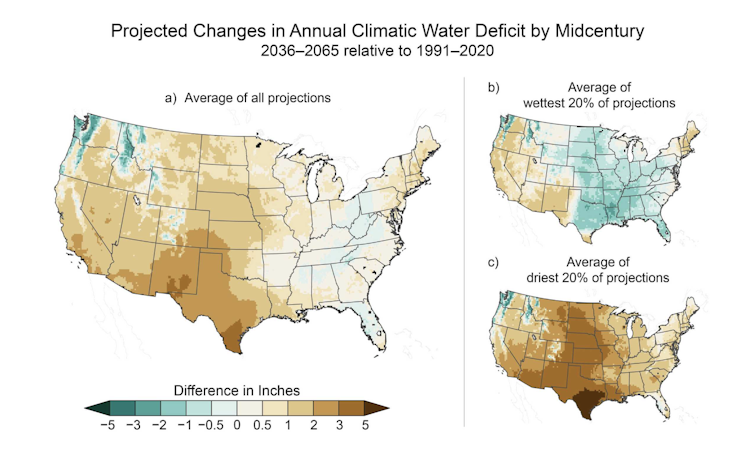
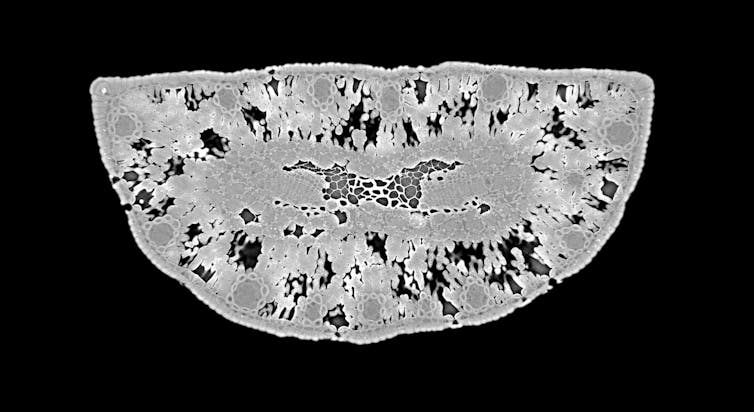


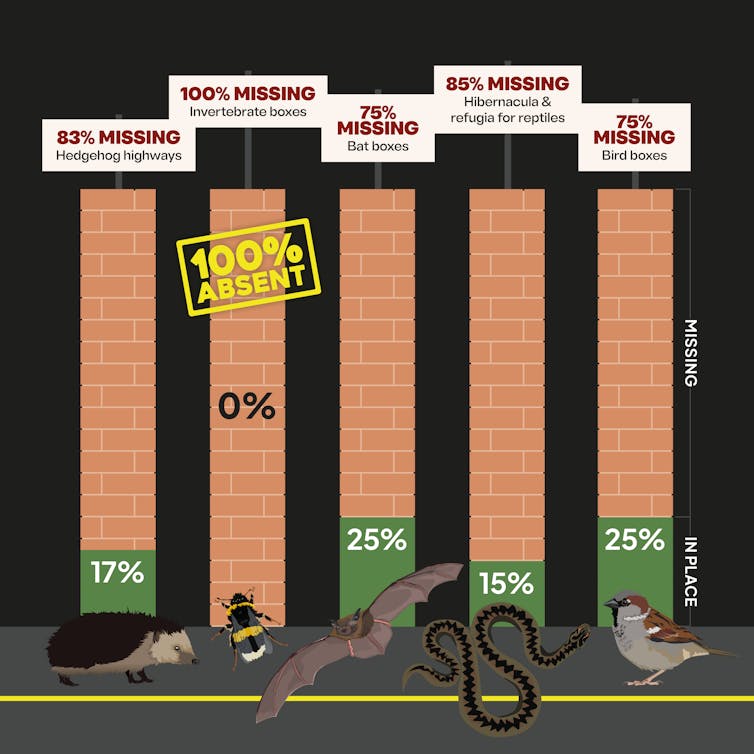
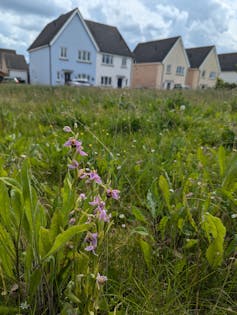

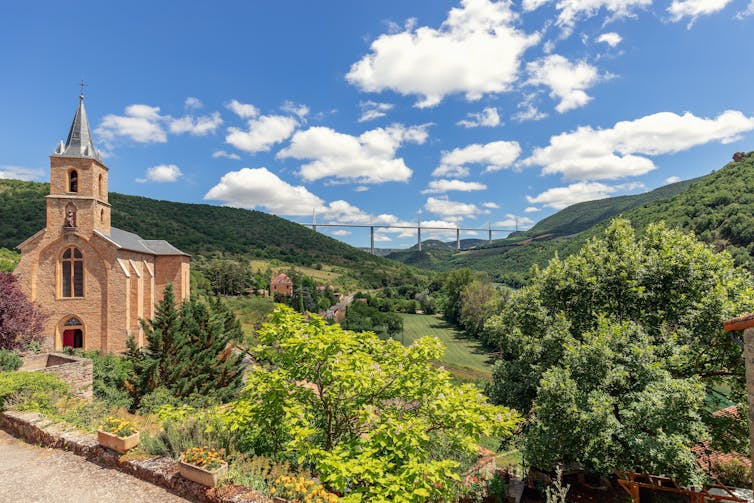

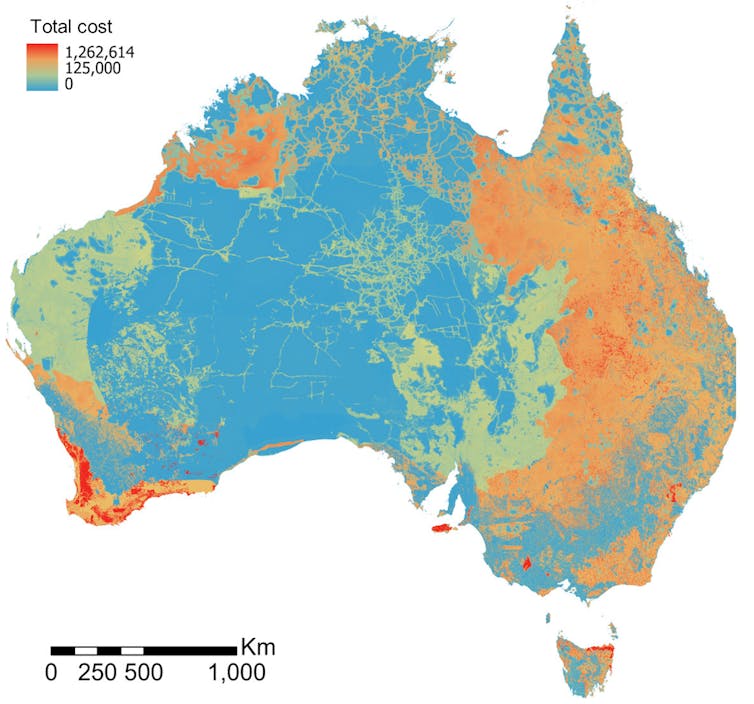
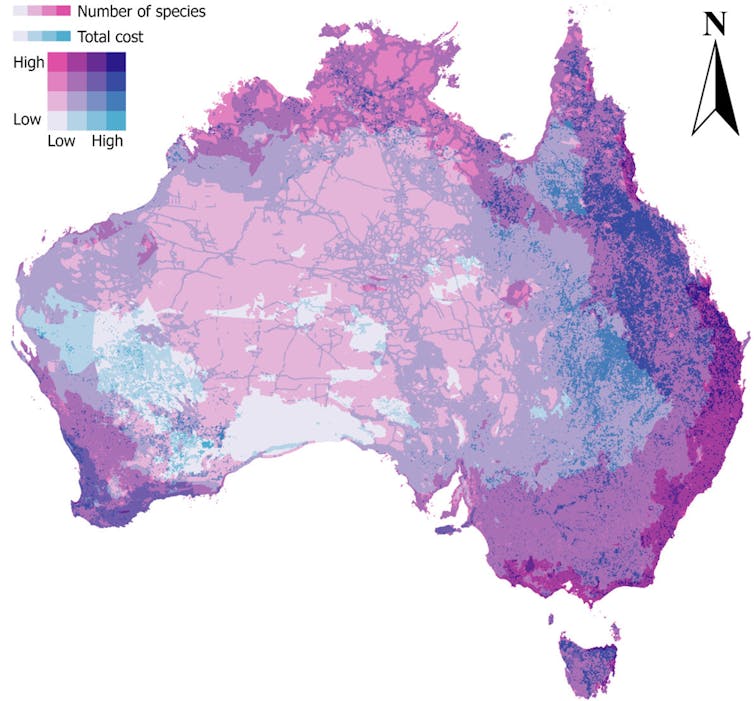
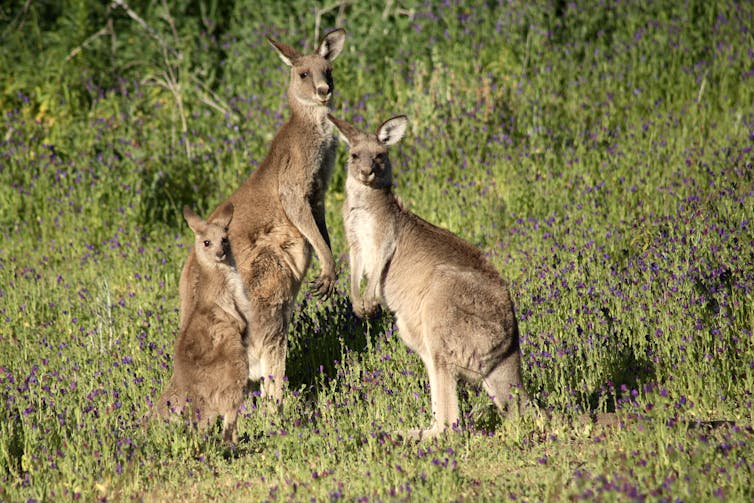


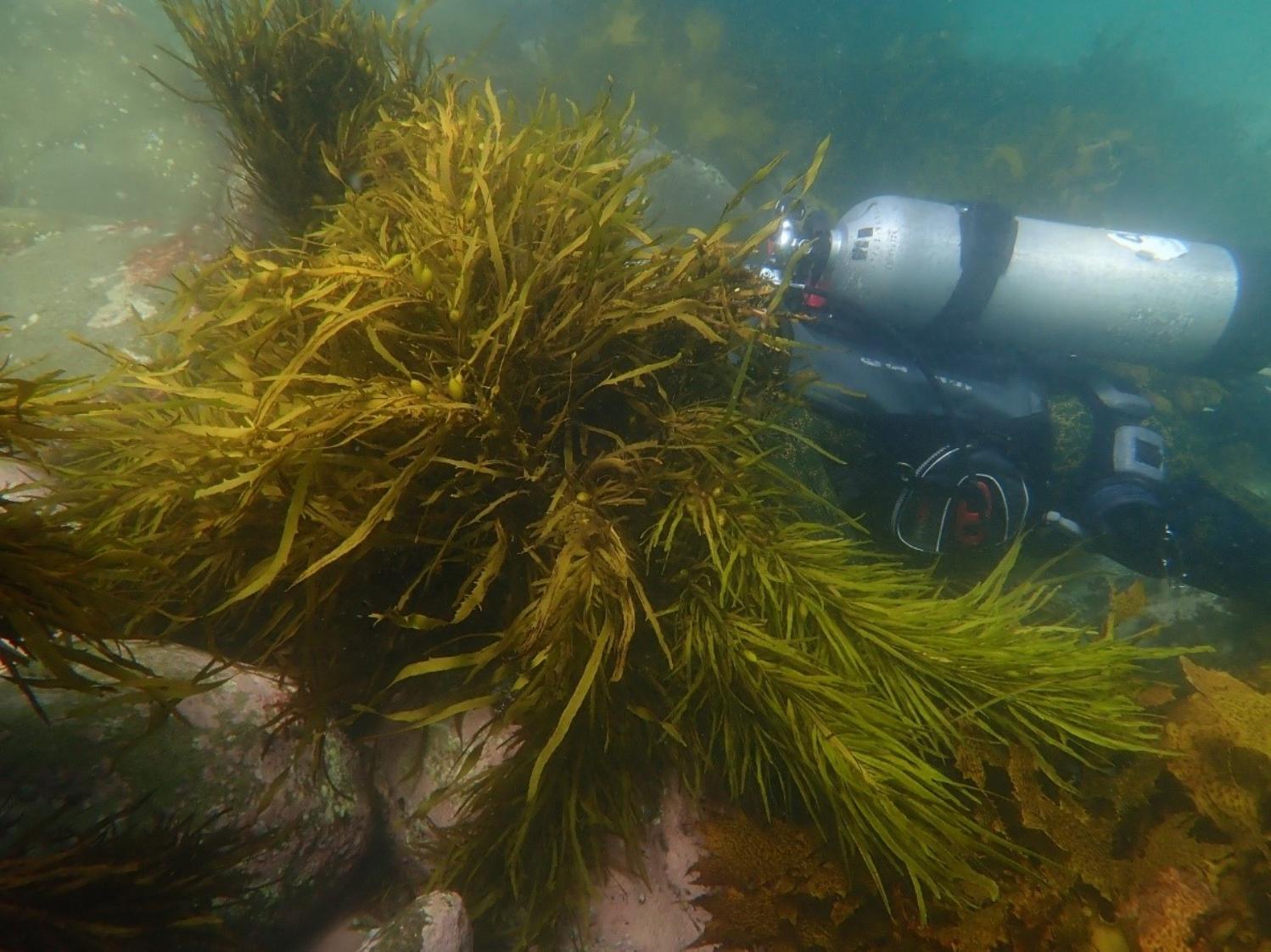

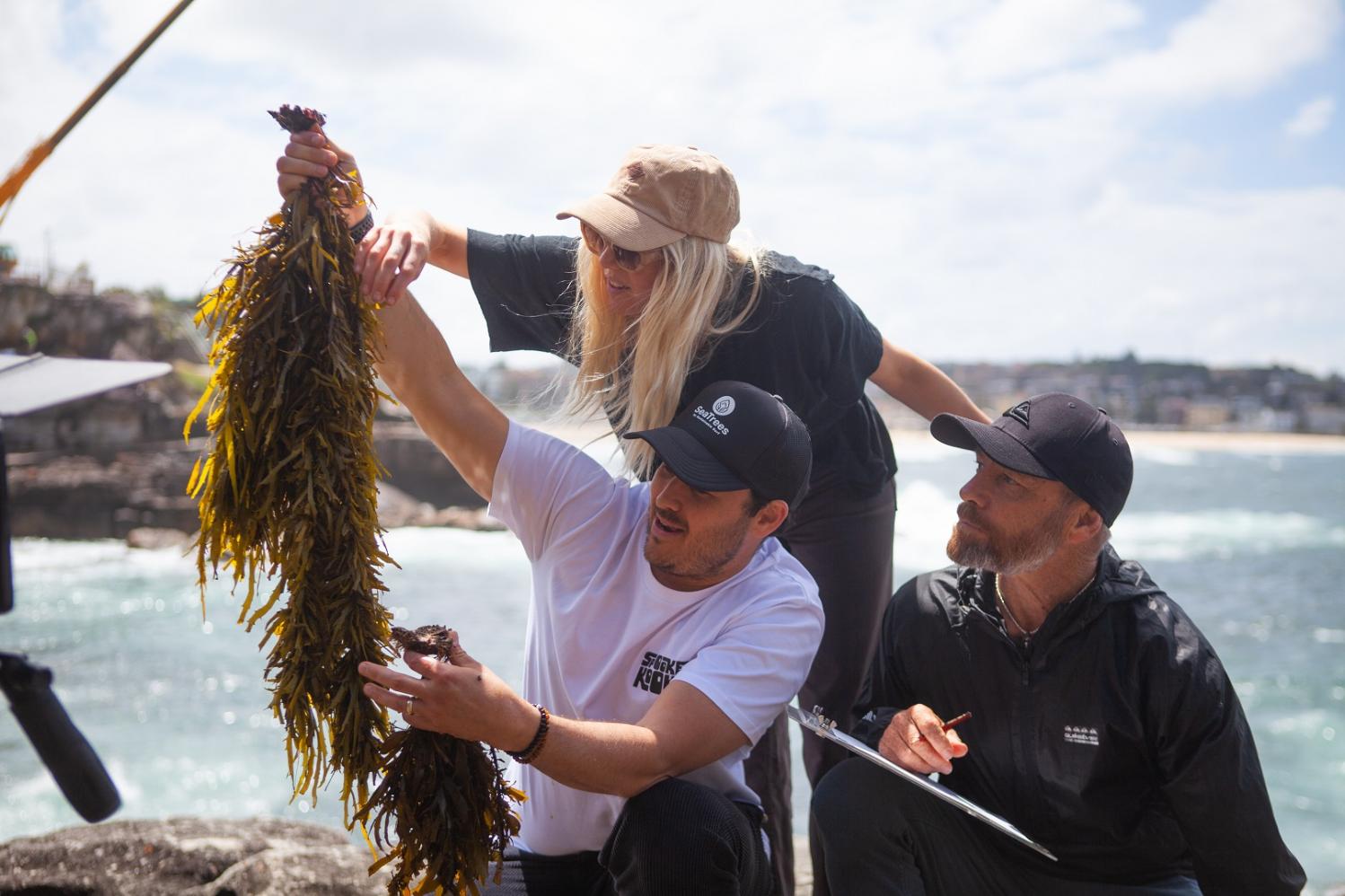


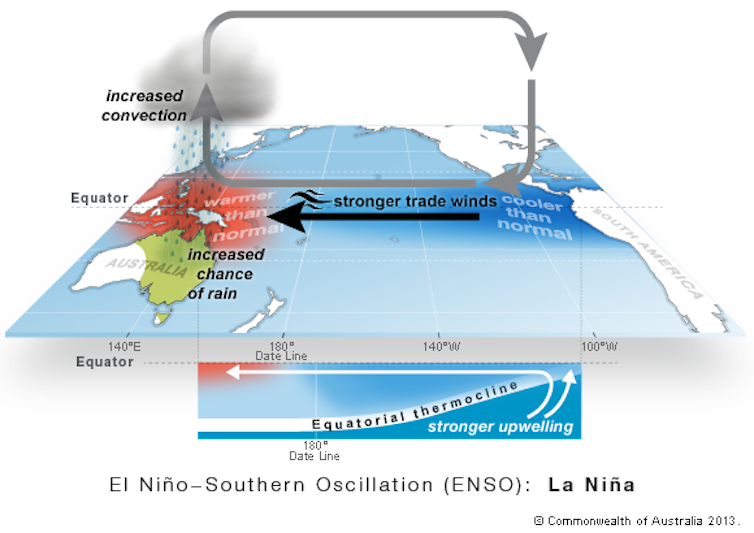
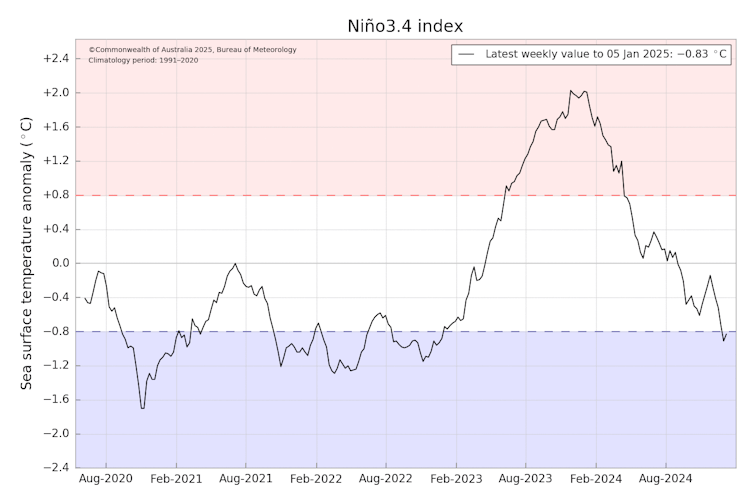
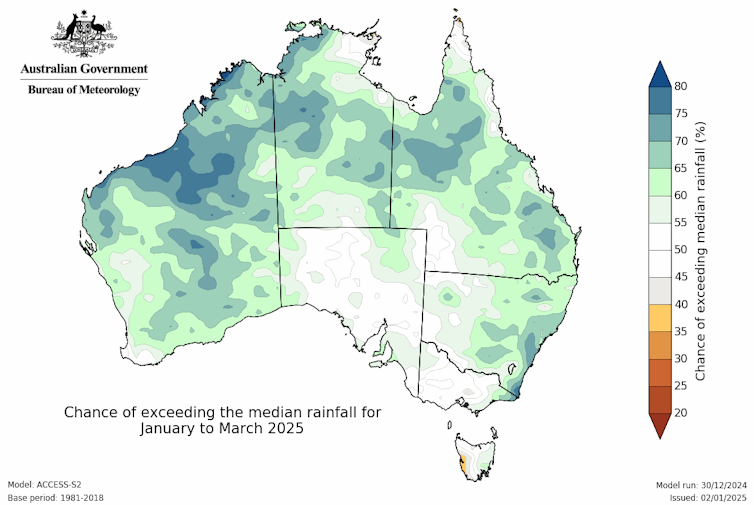

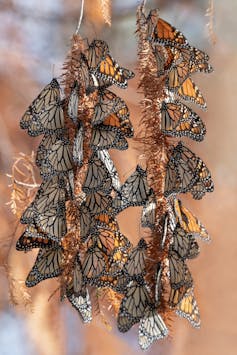
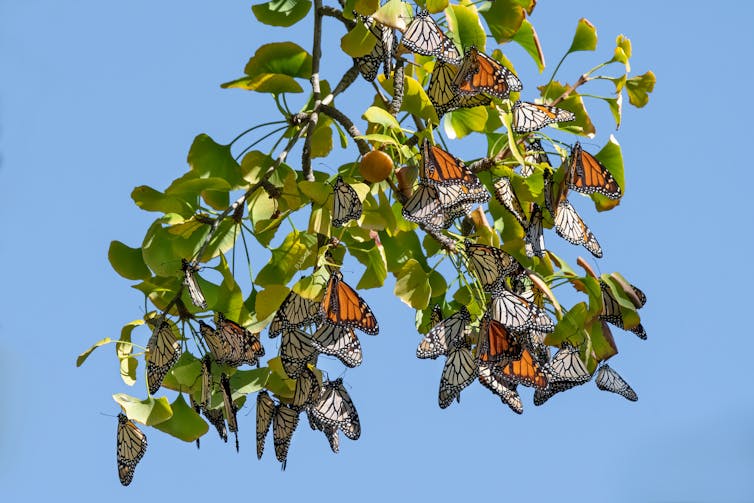
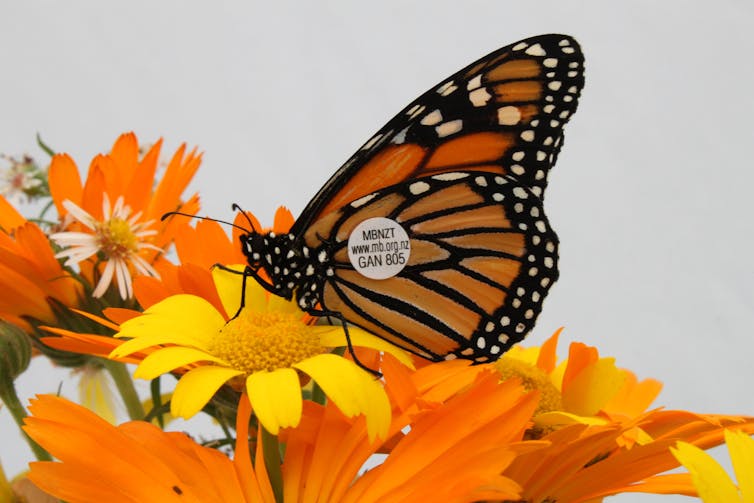



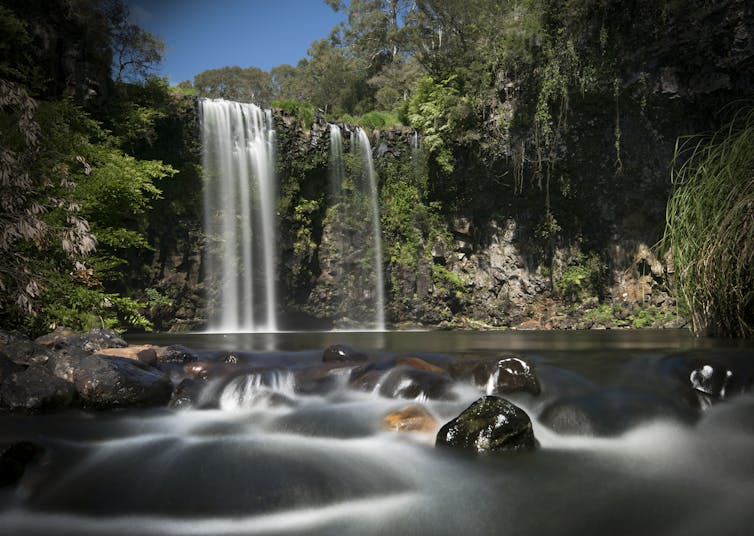
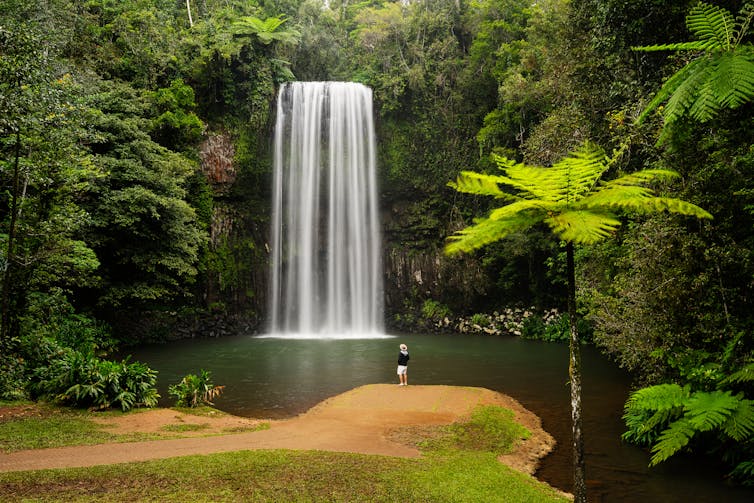
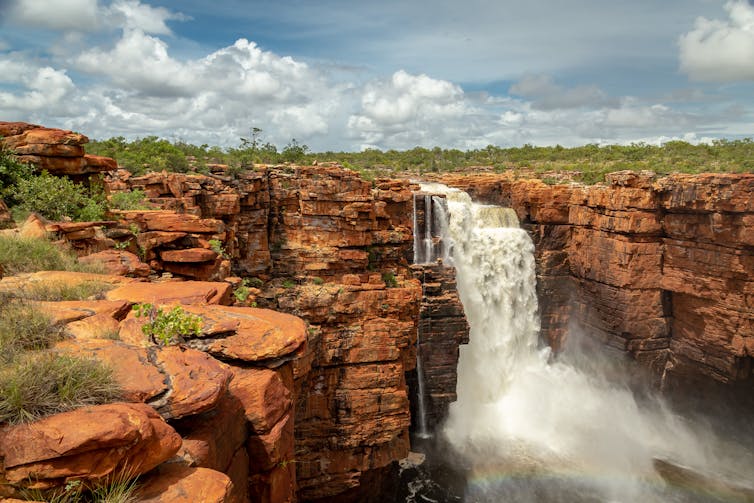
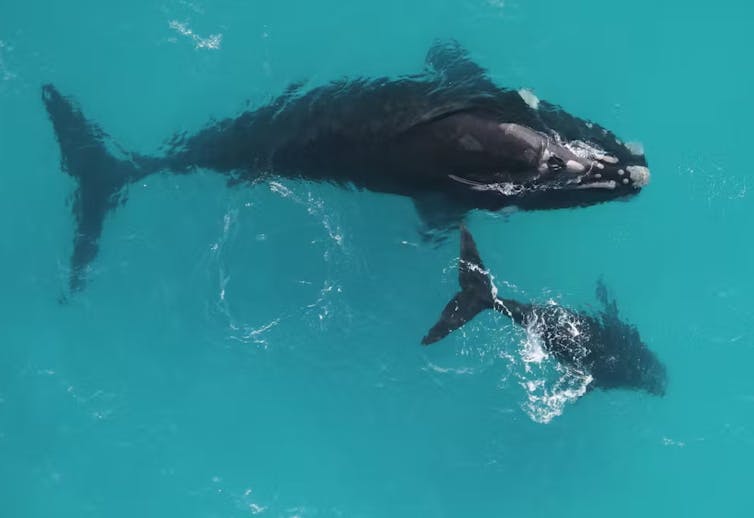
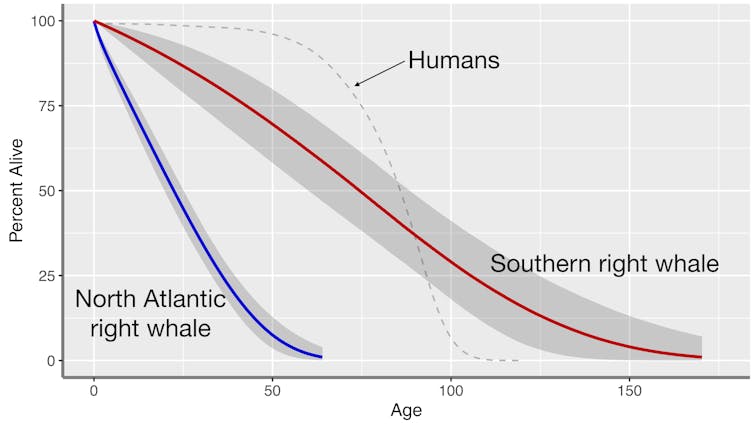
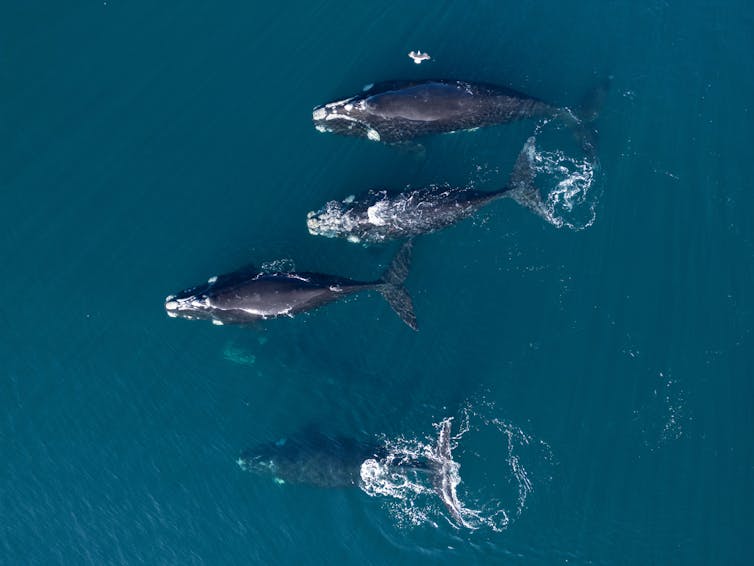

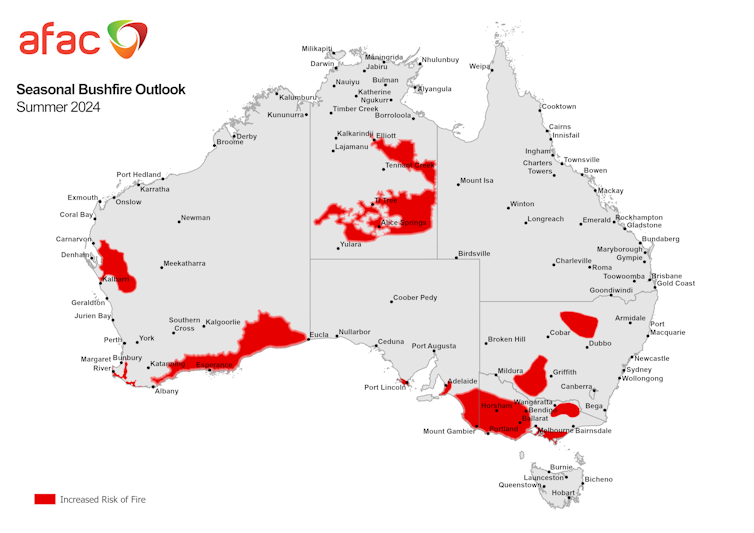
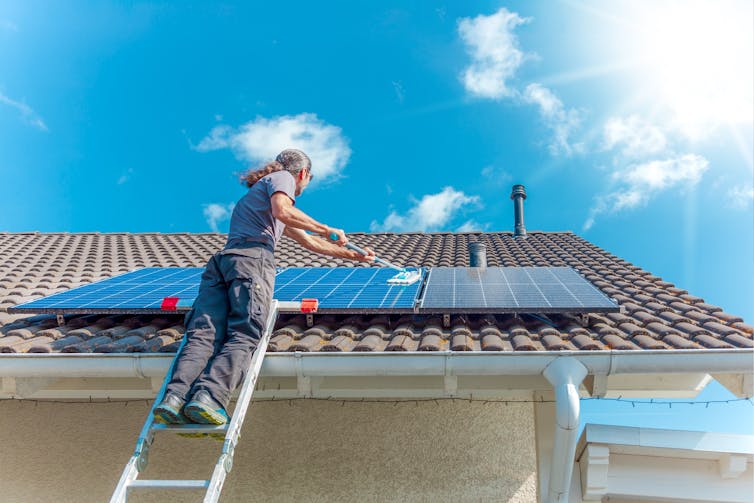

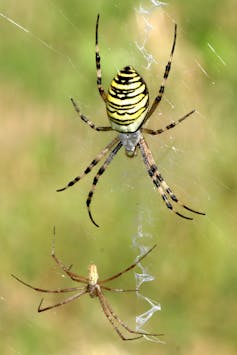
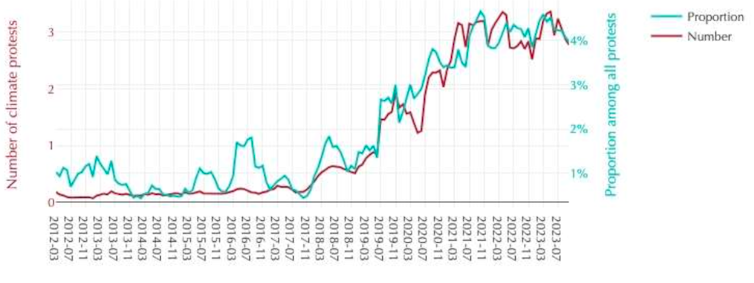
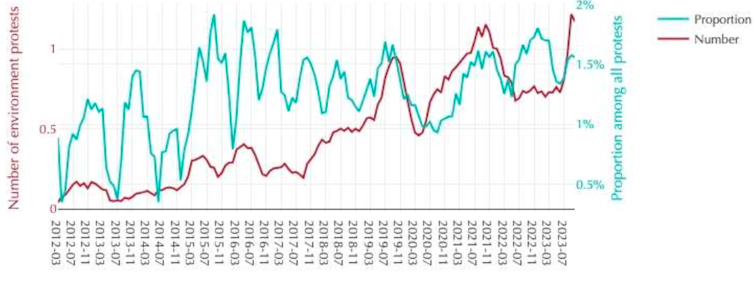



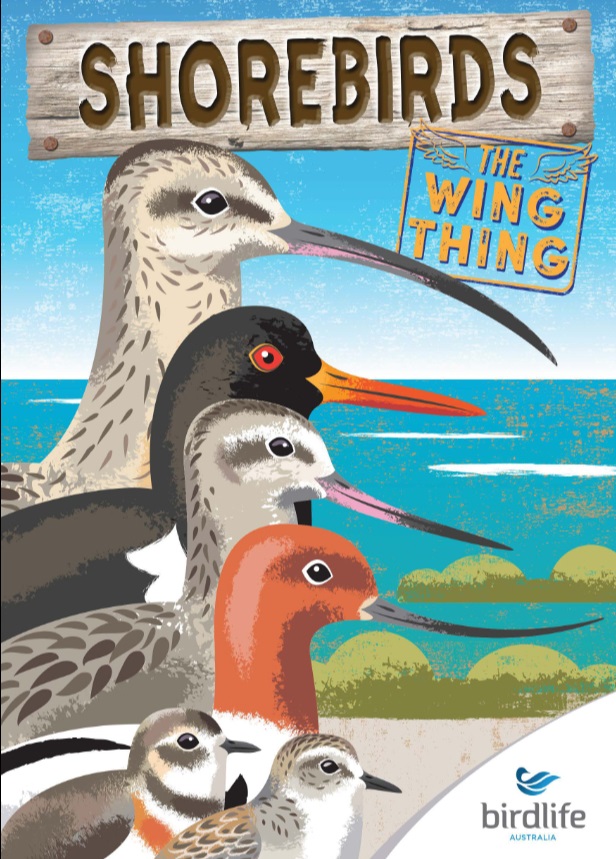
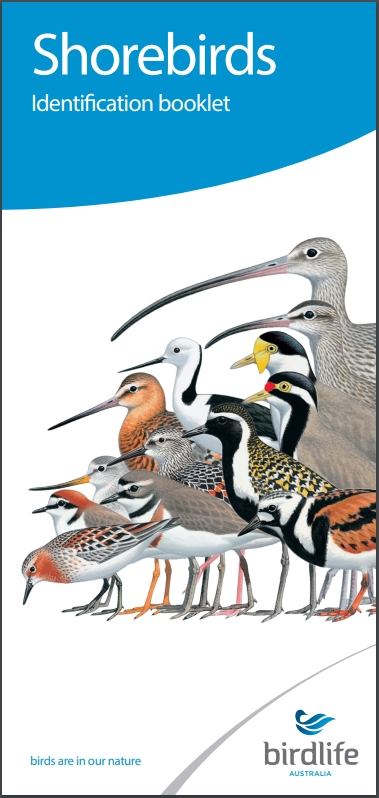 Shorebird Identification Booklet
Shorebird Identification Booklet